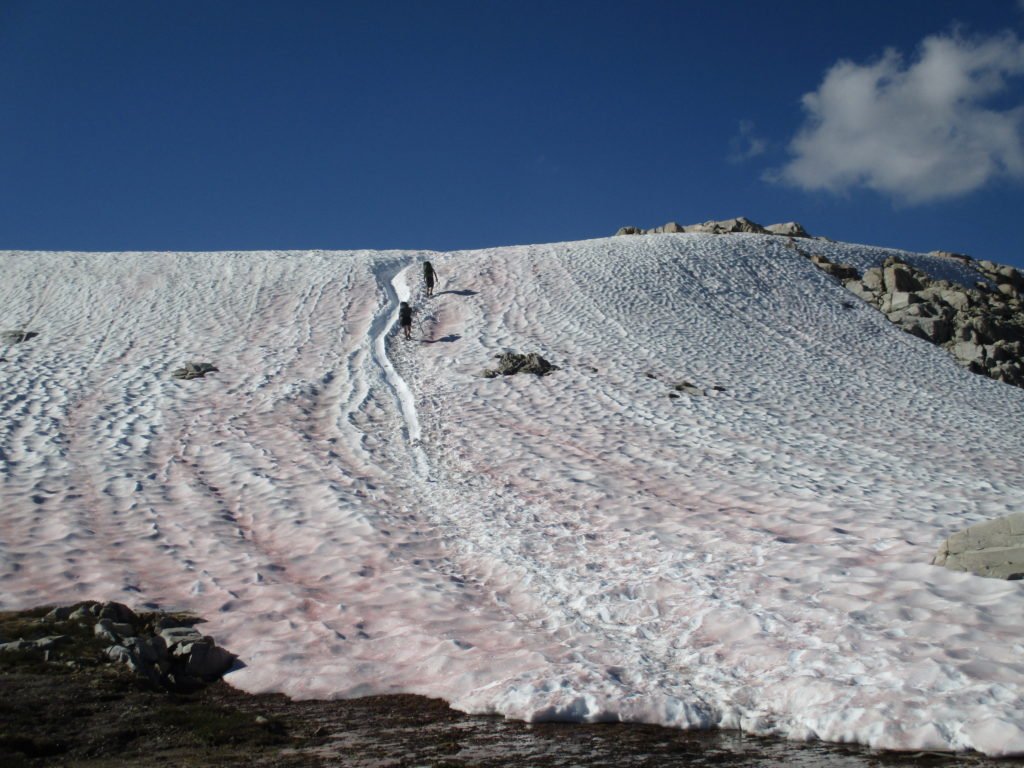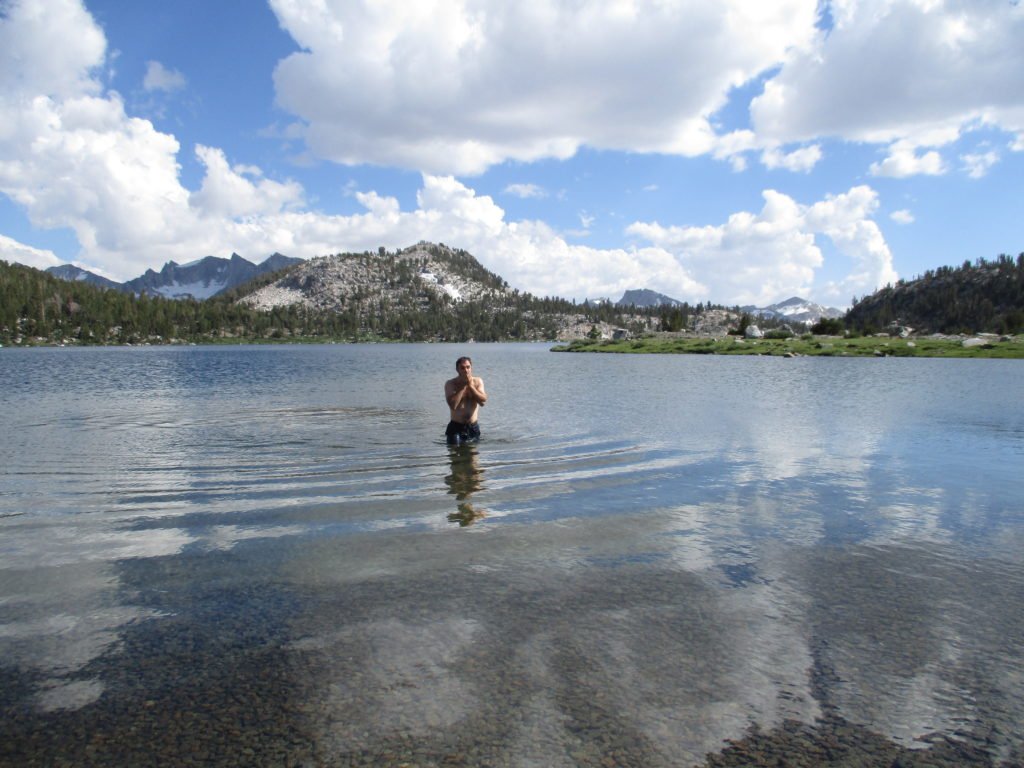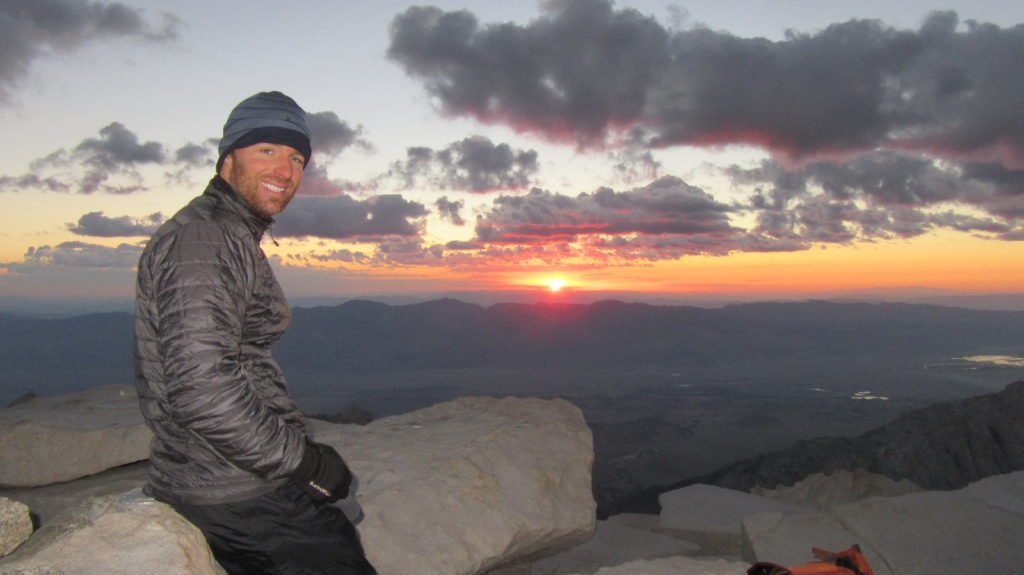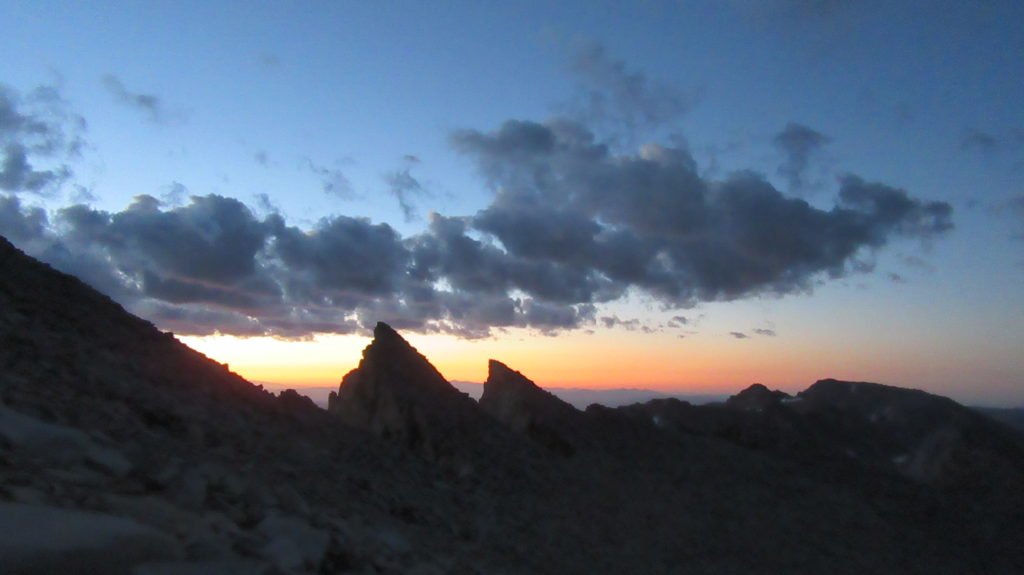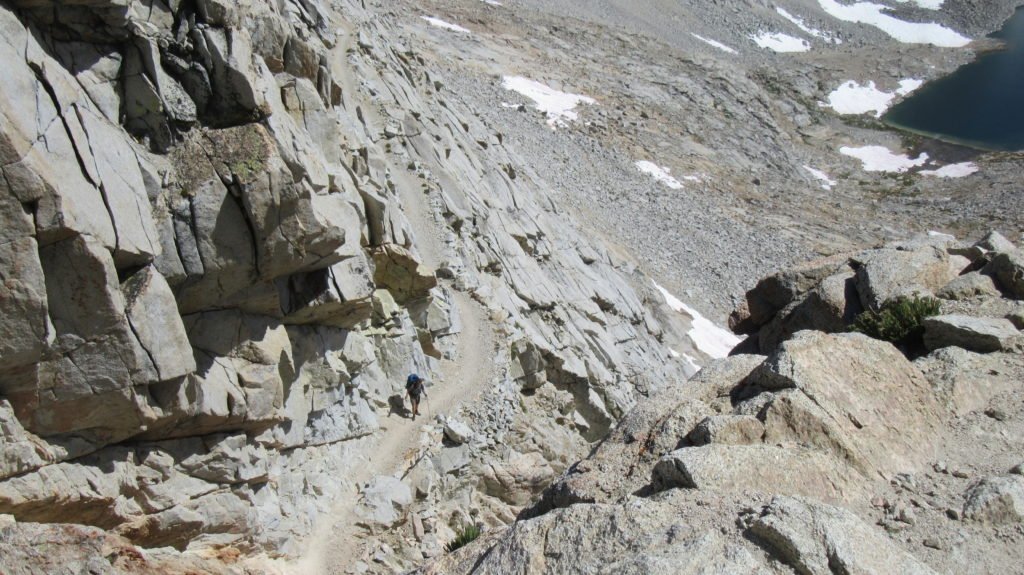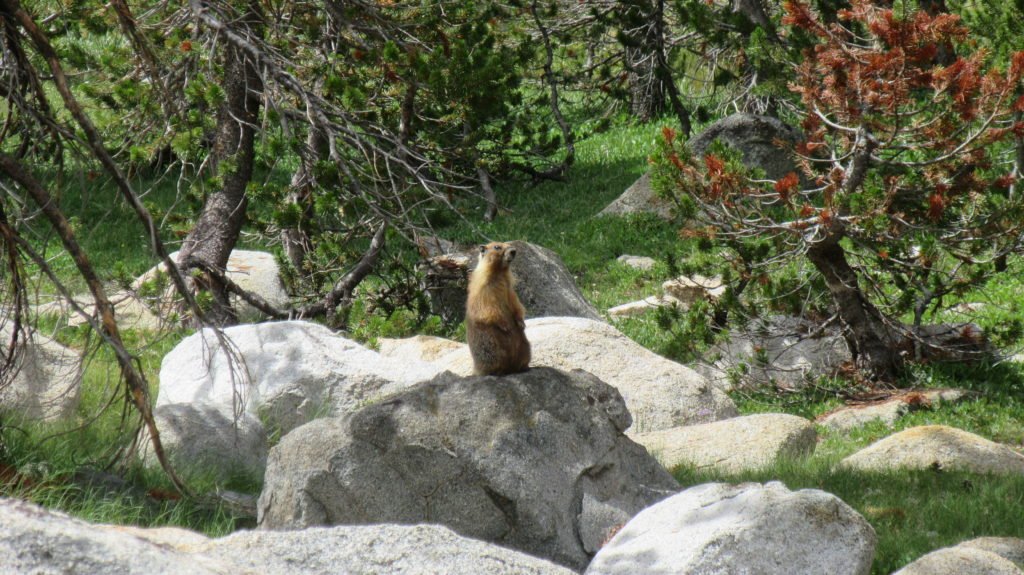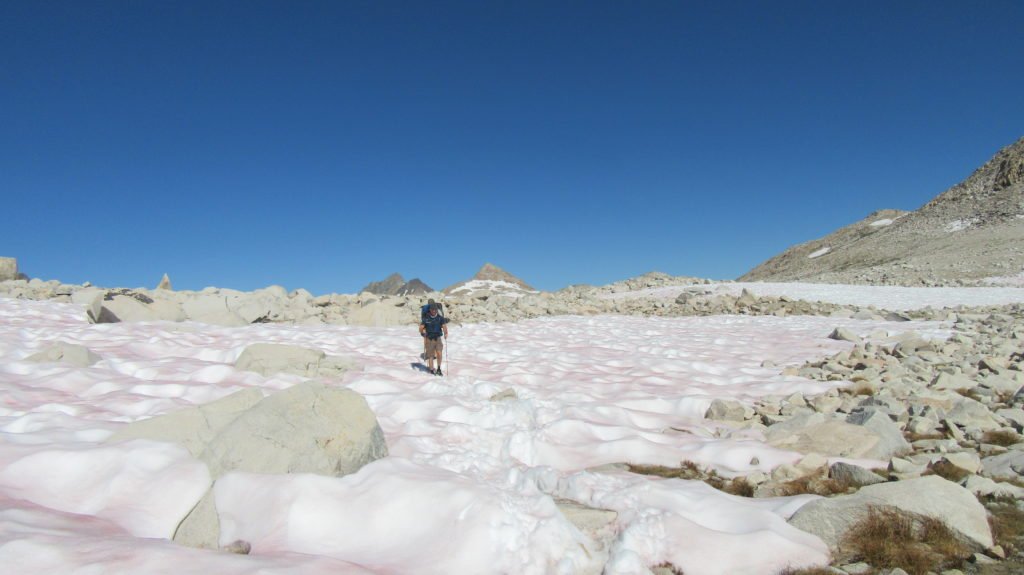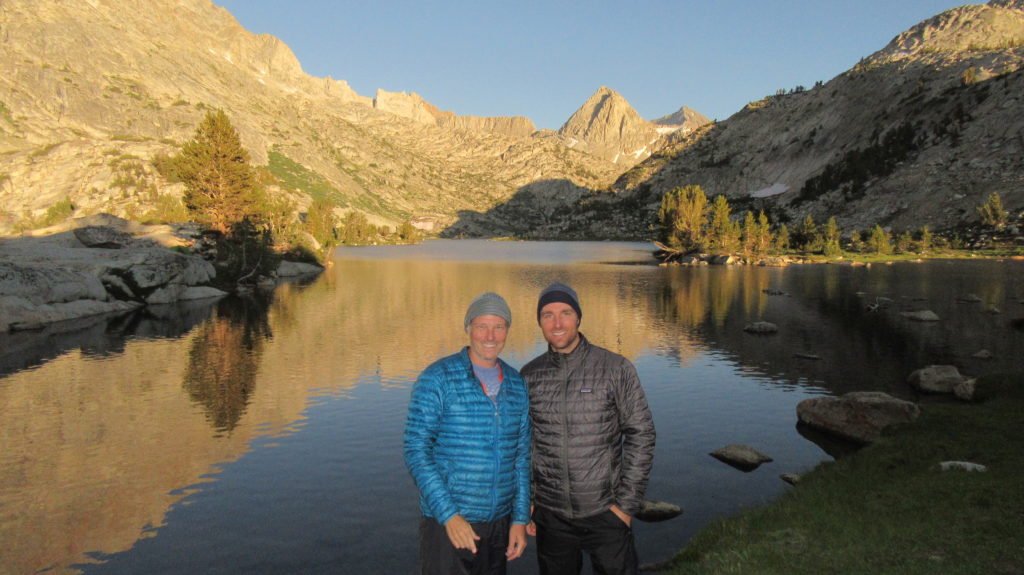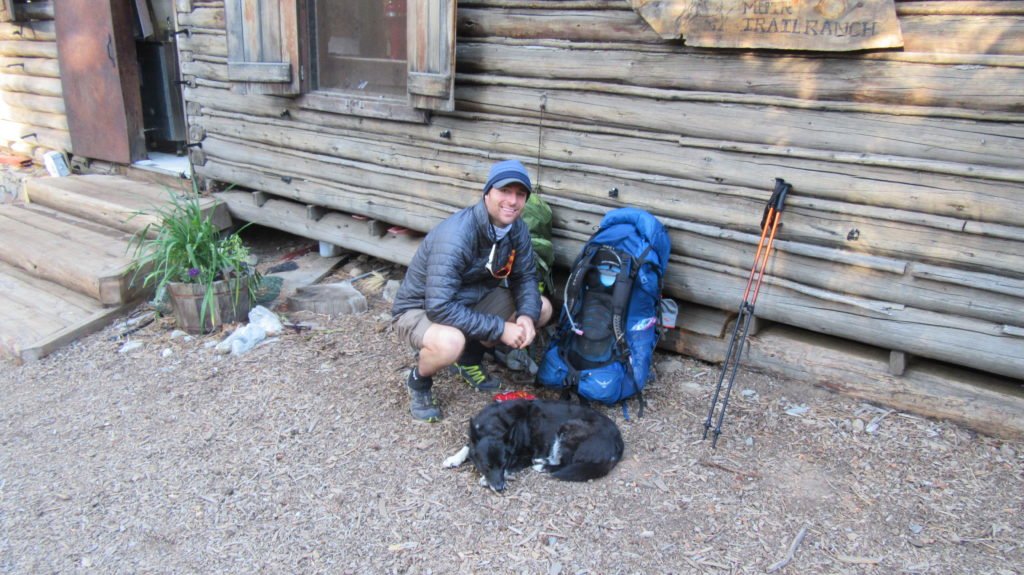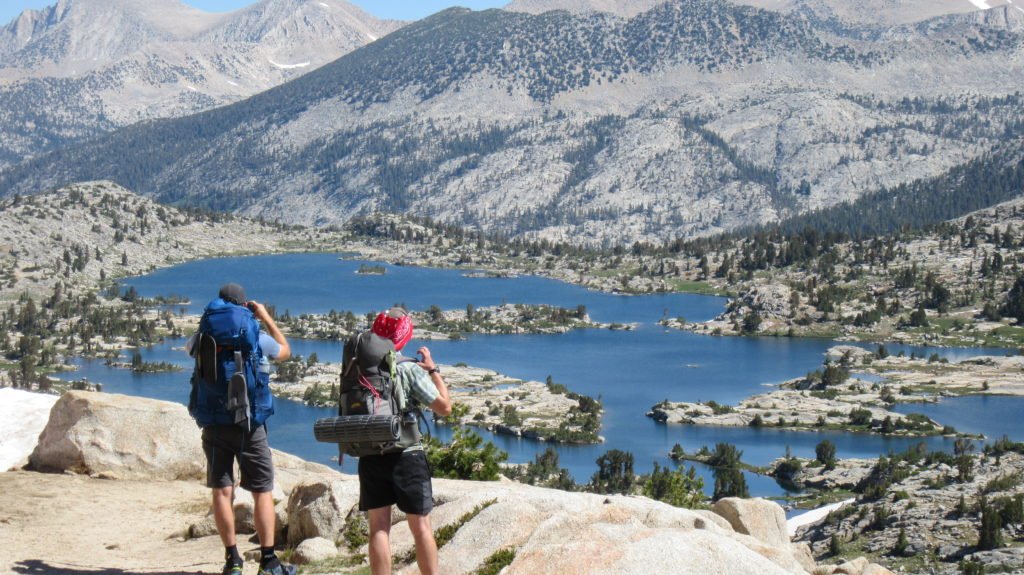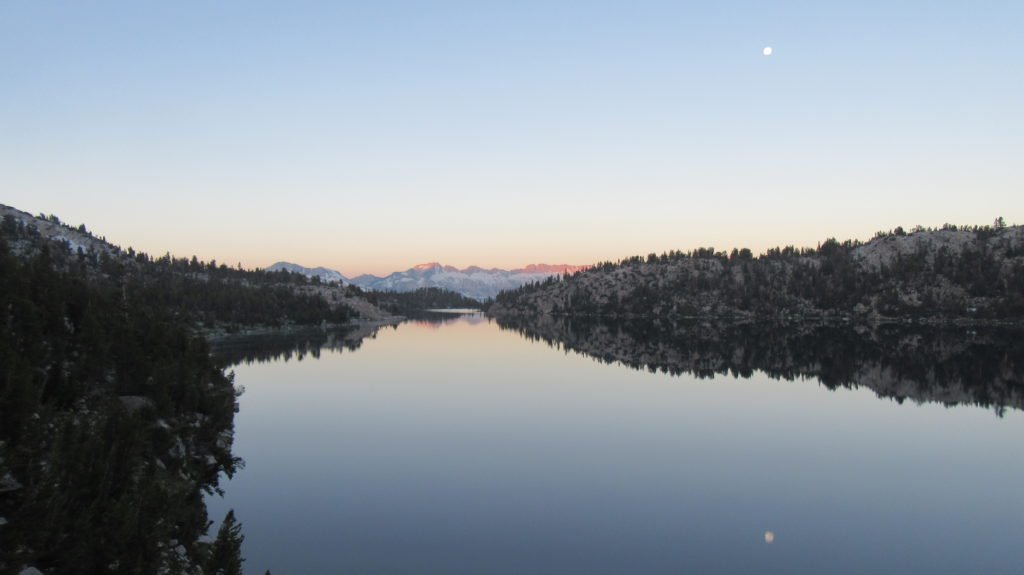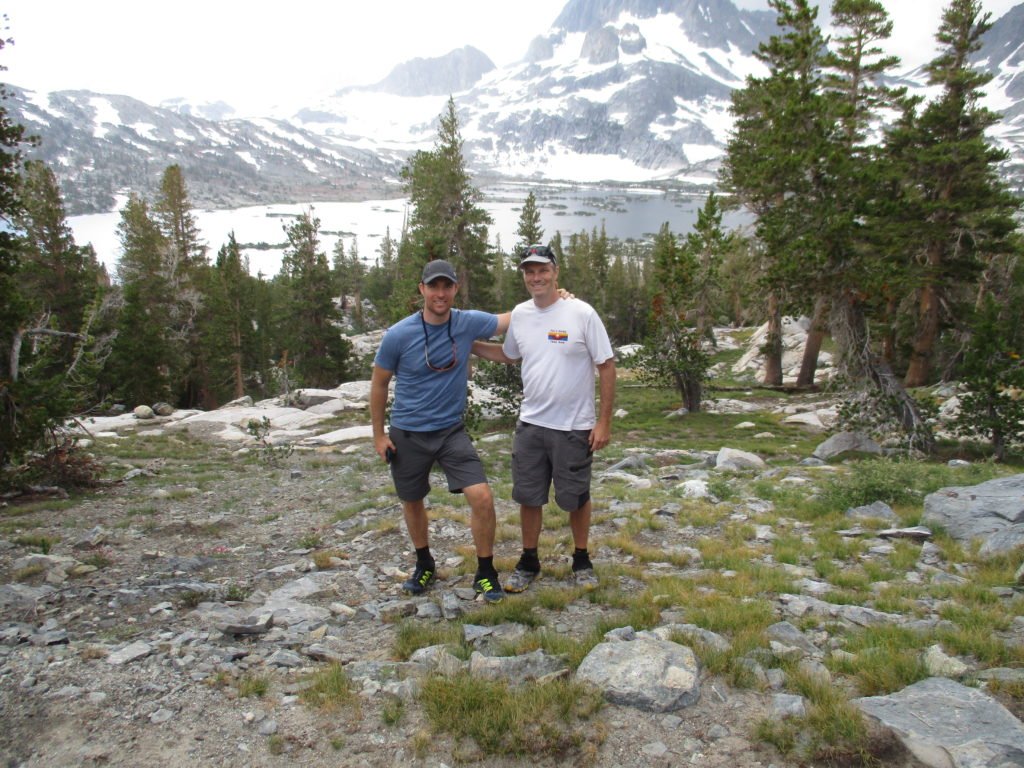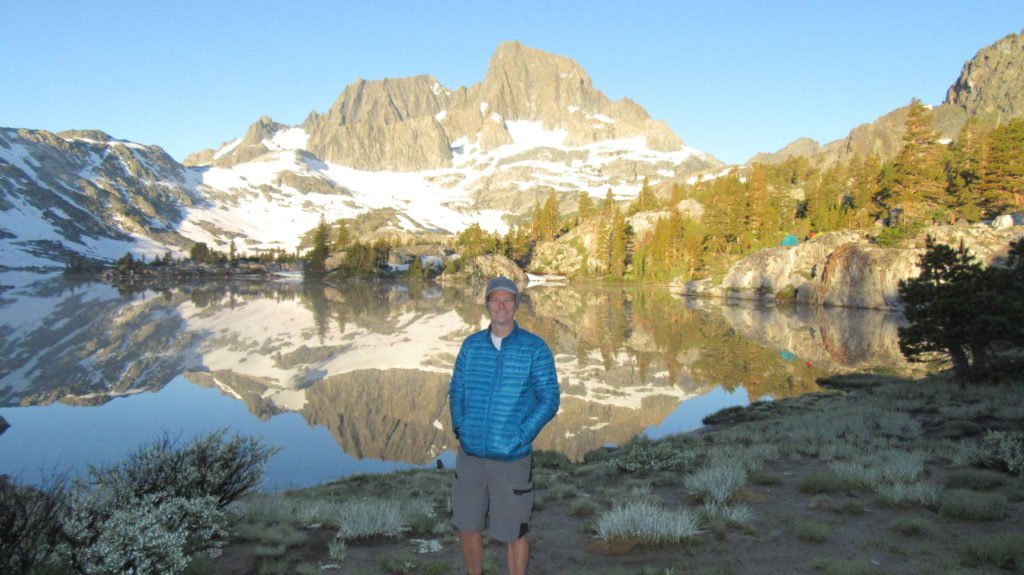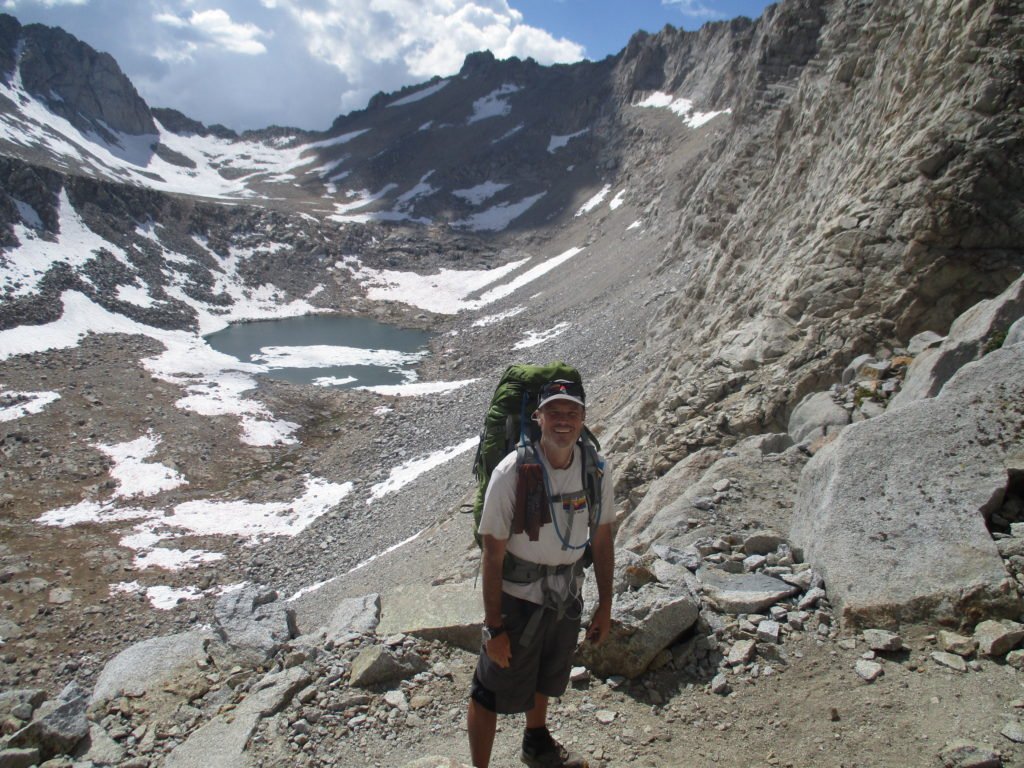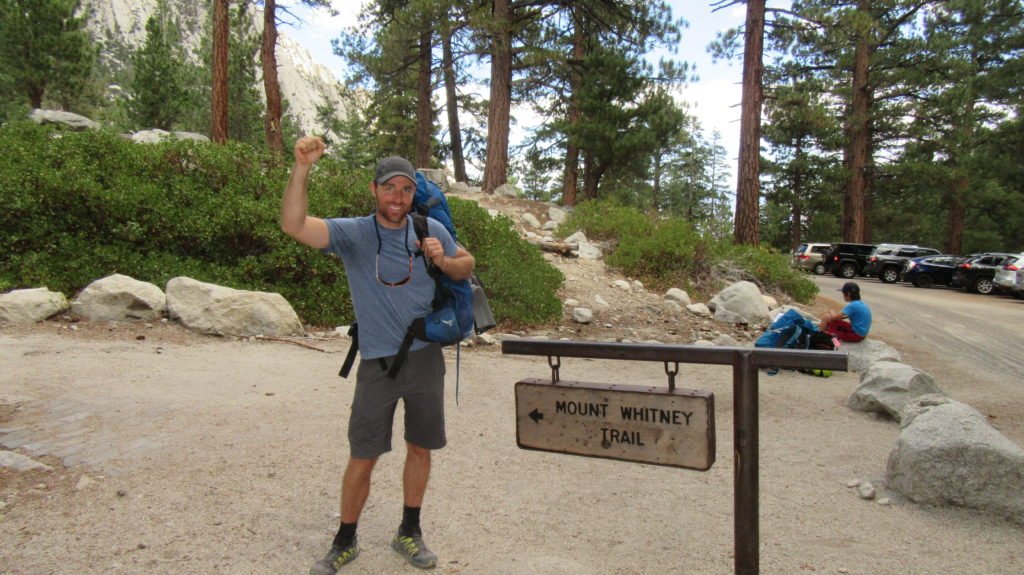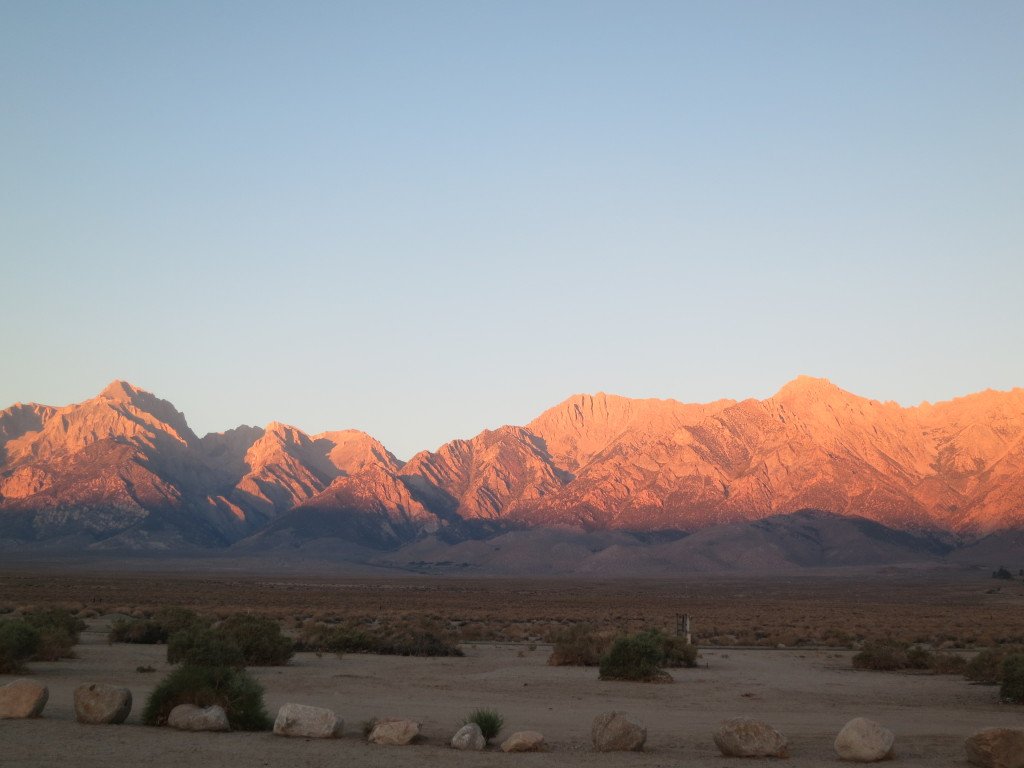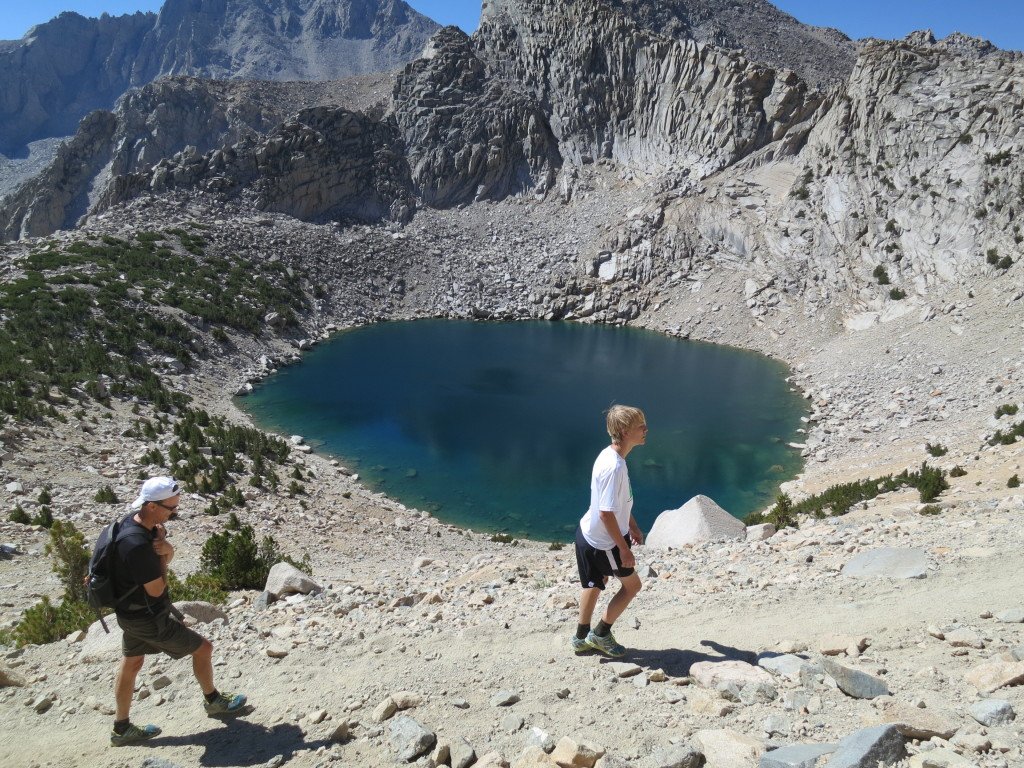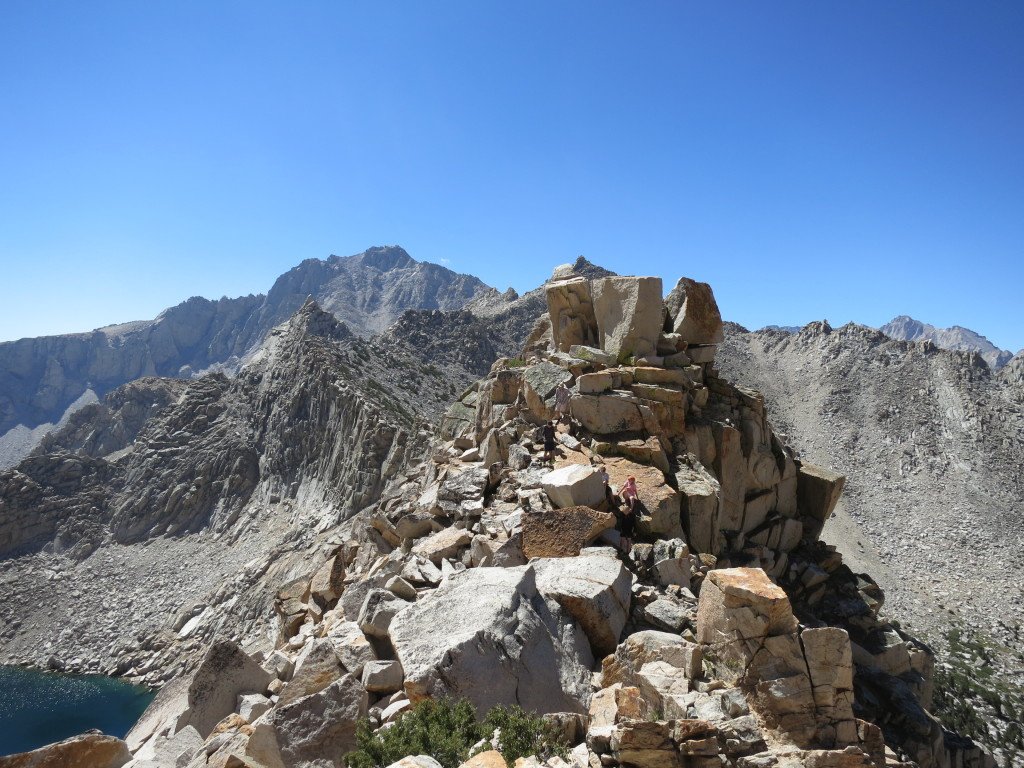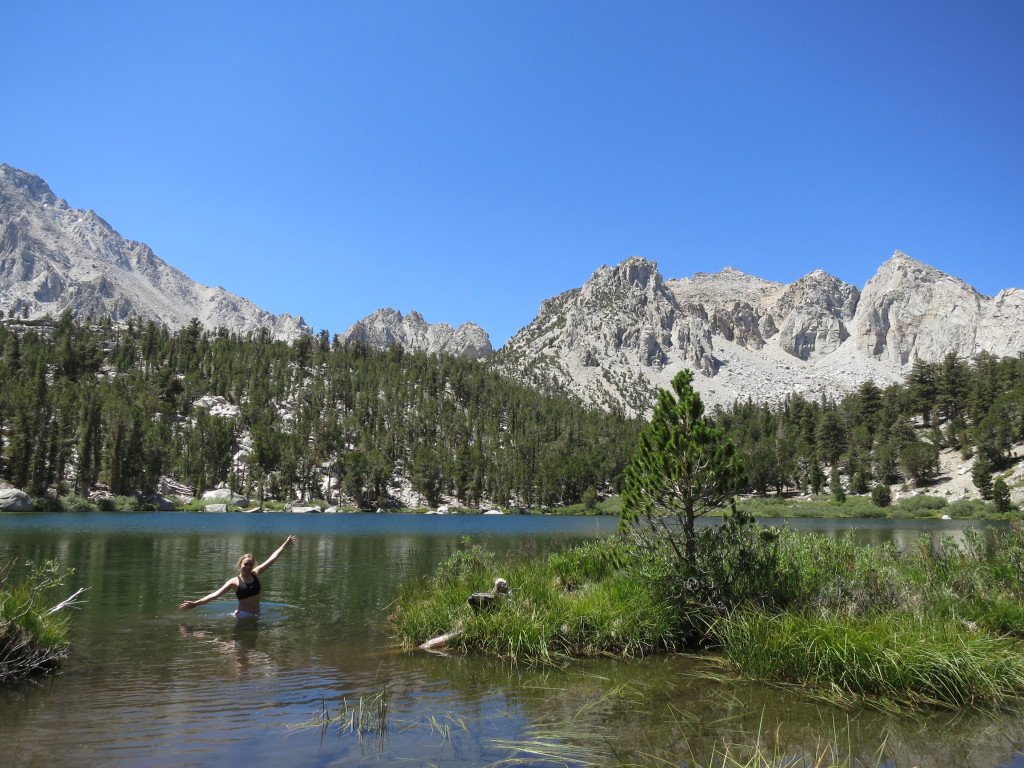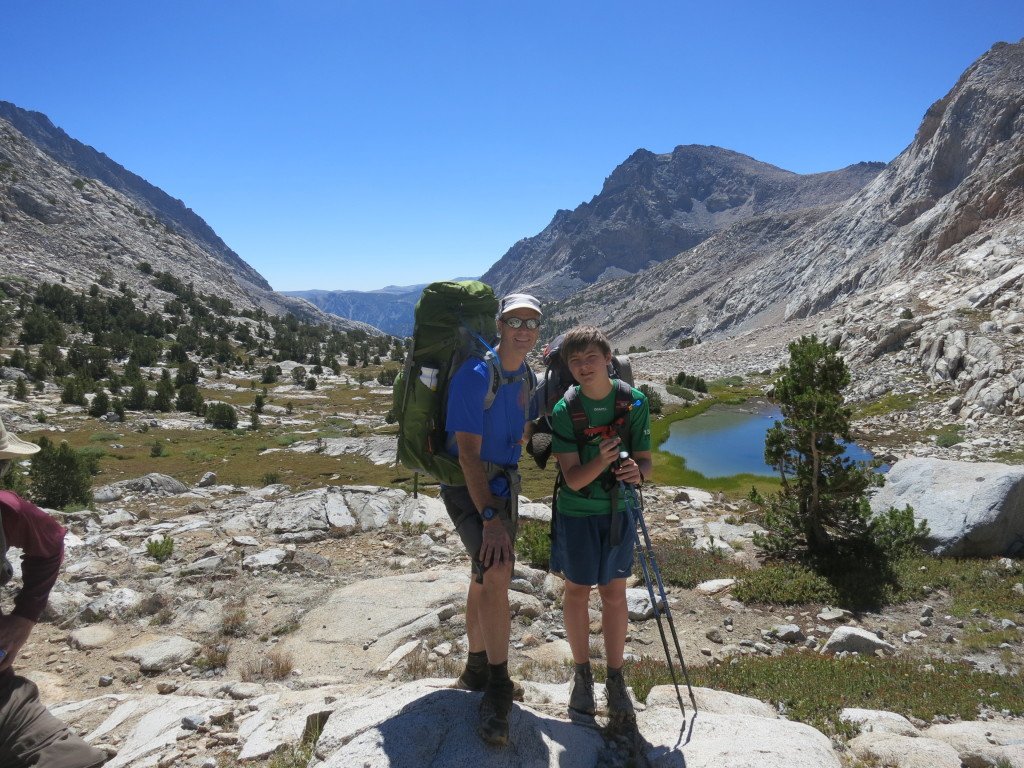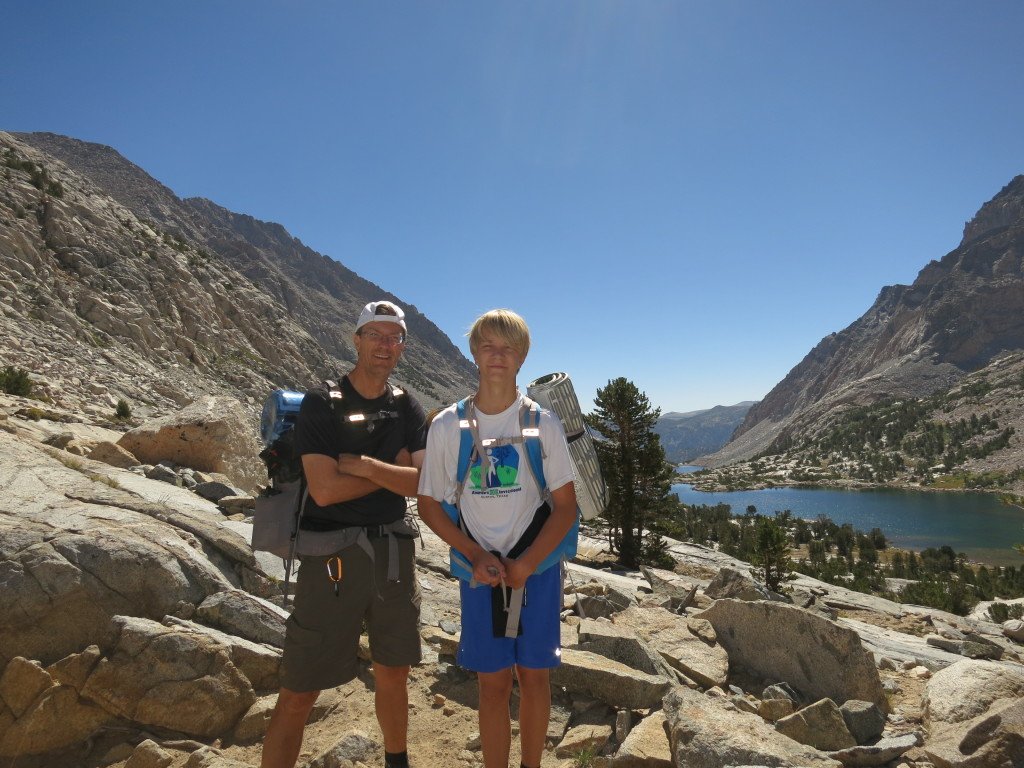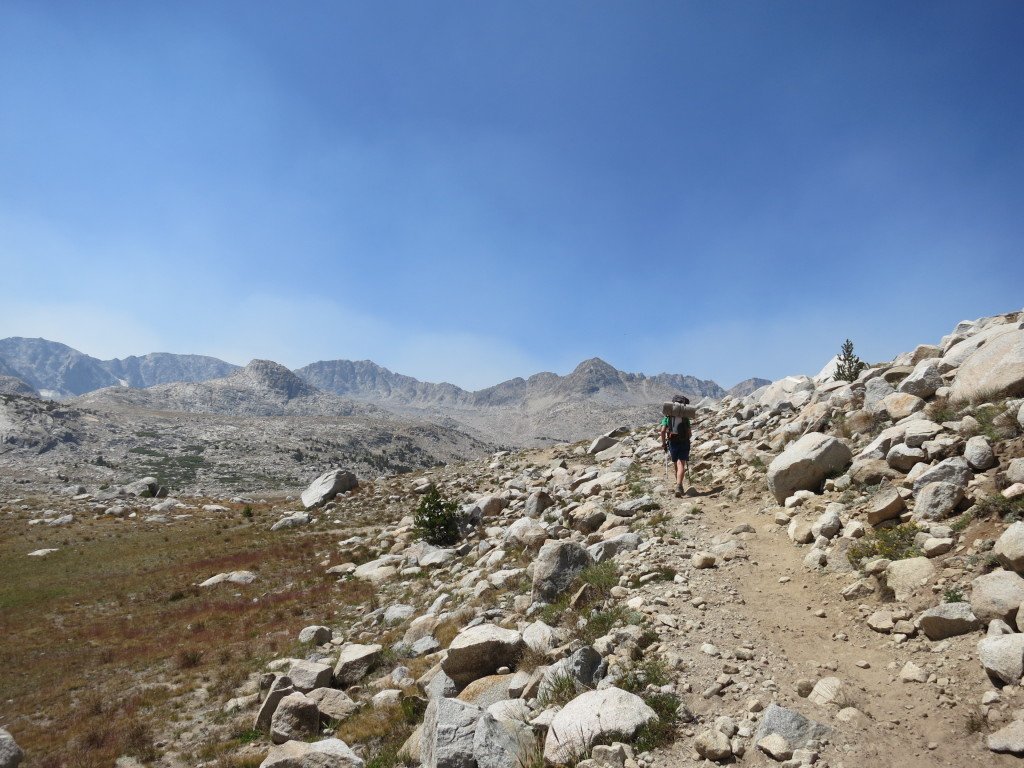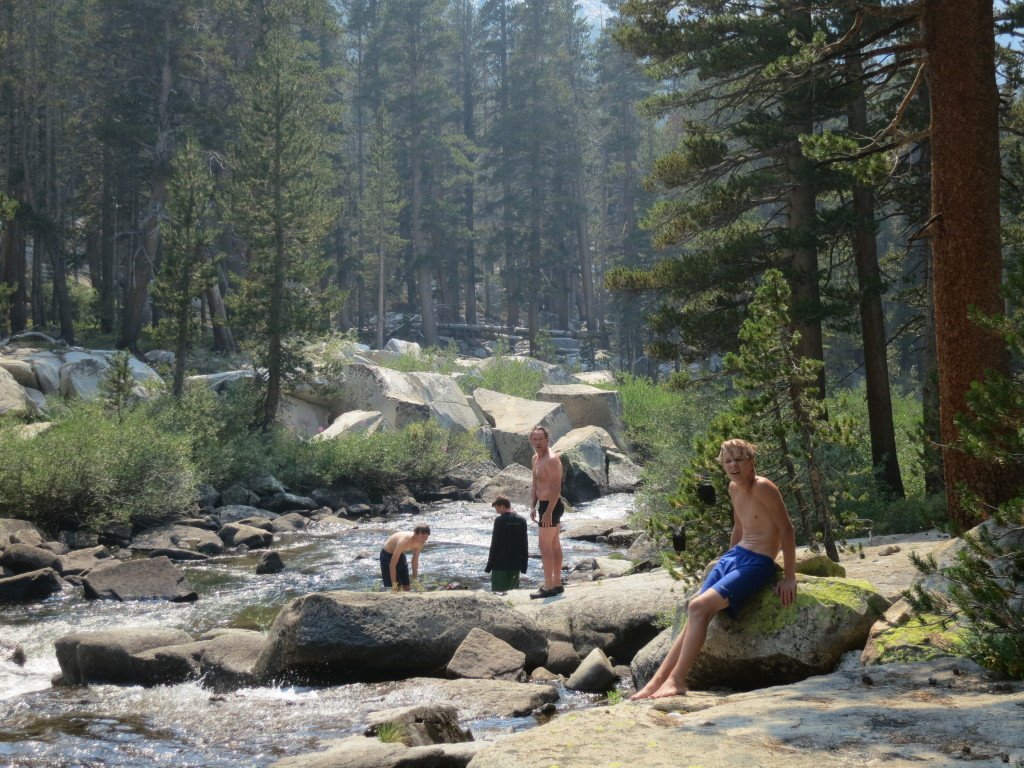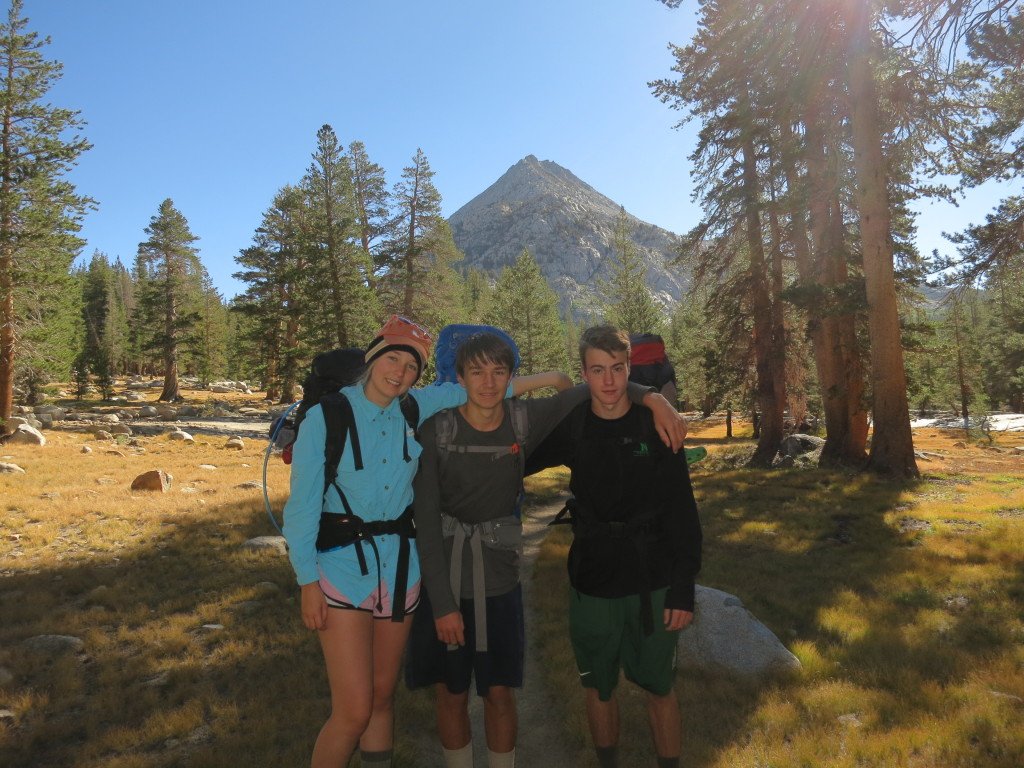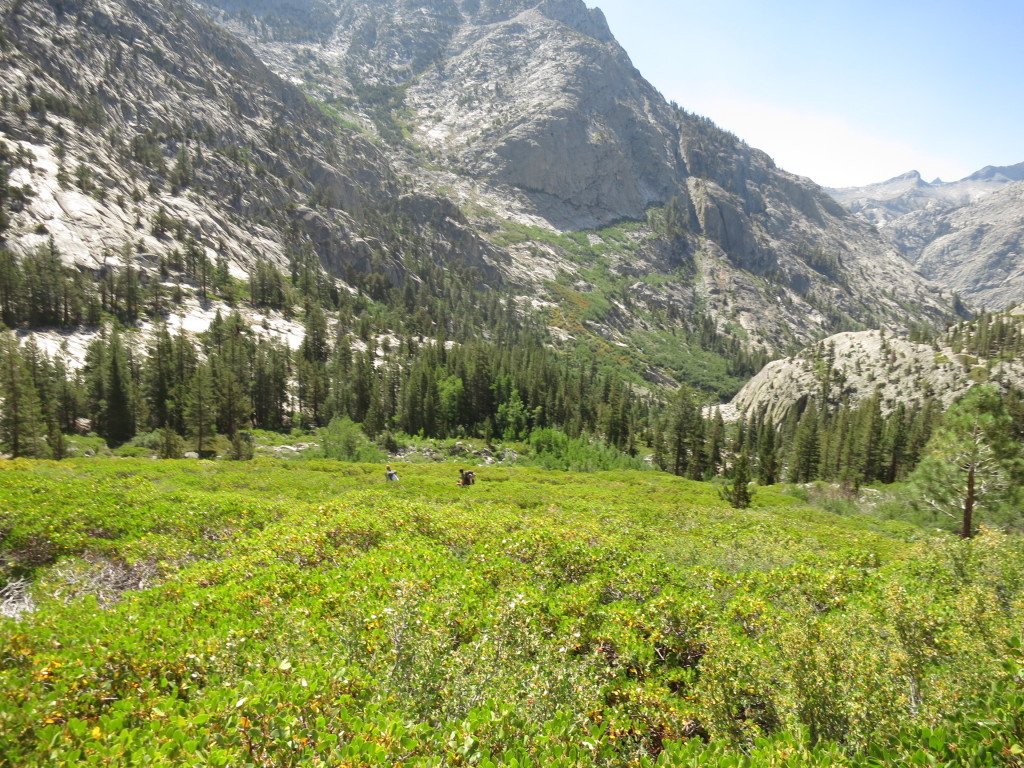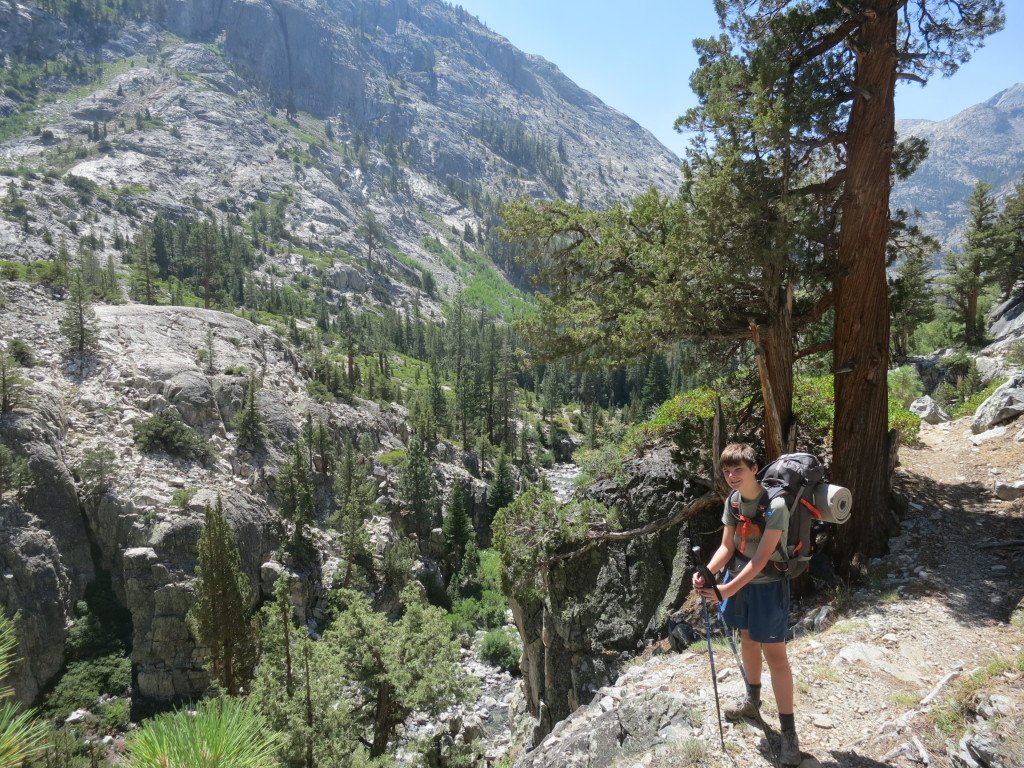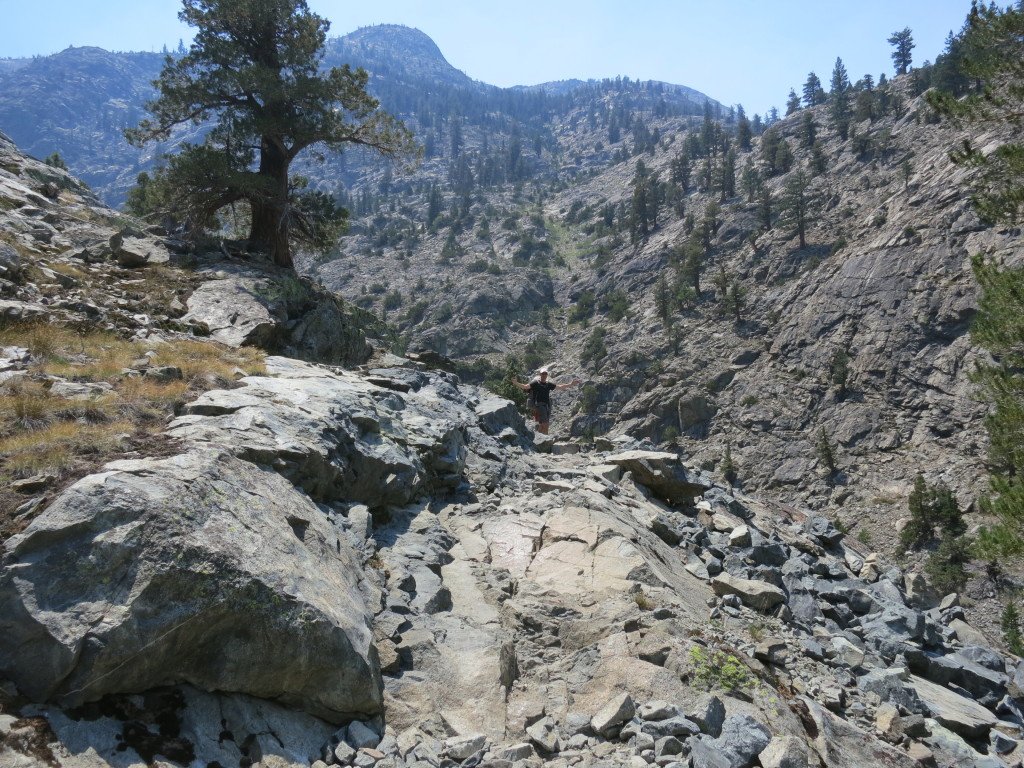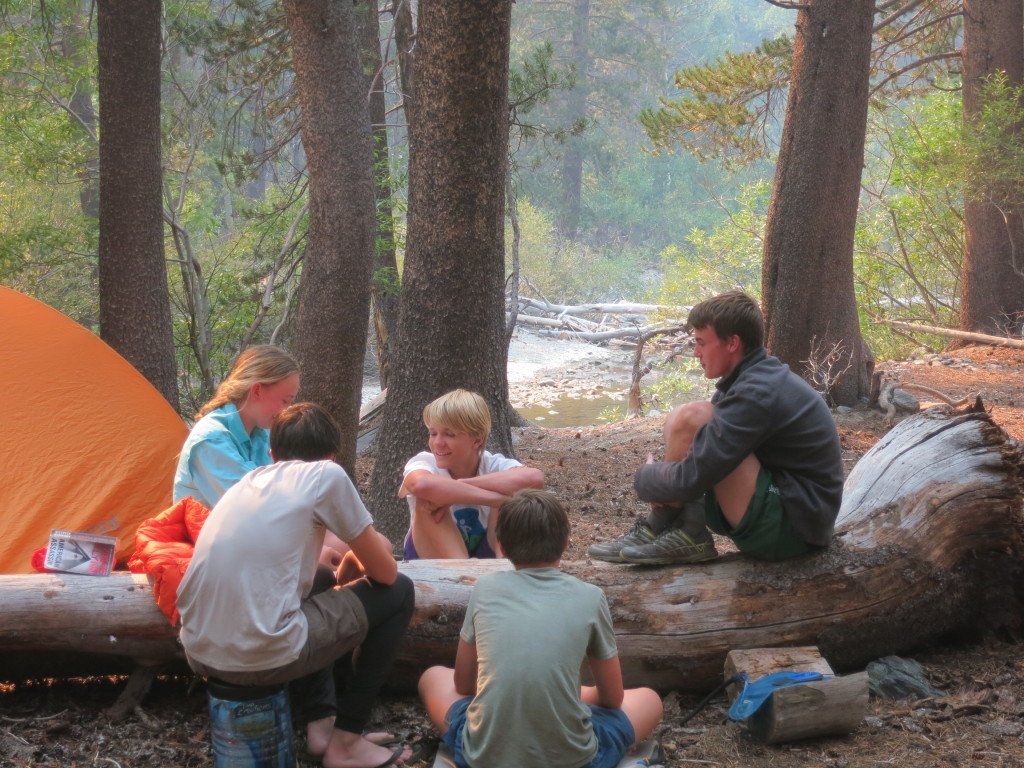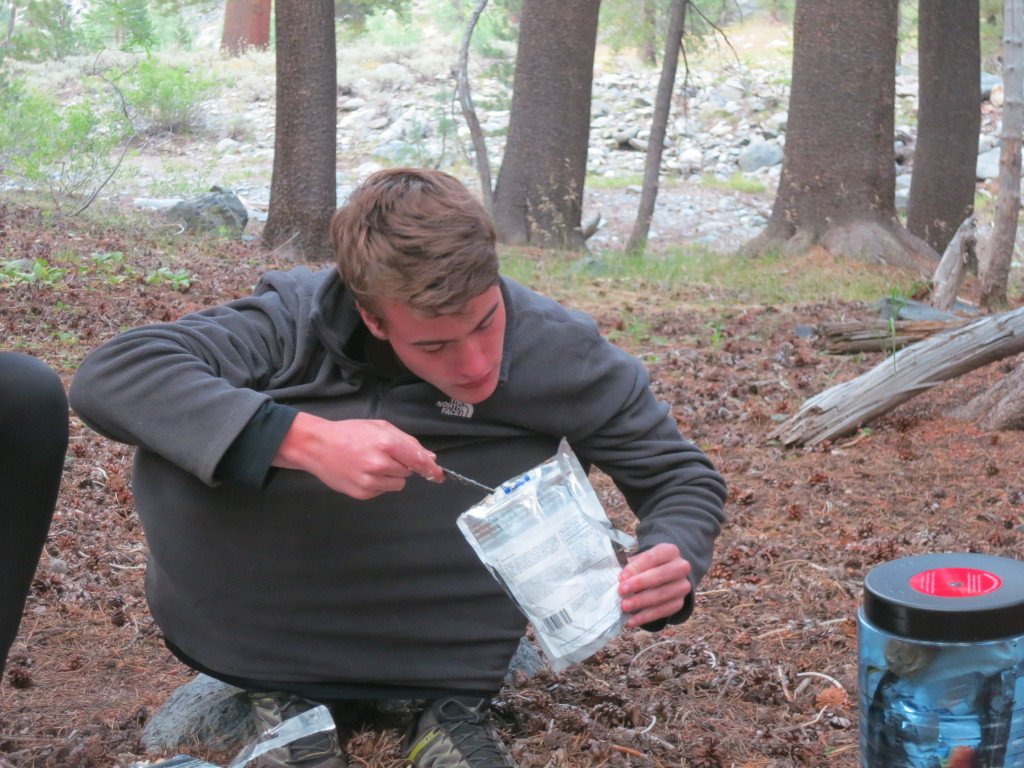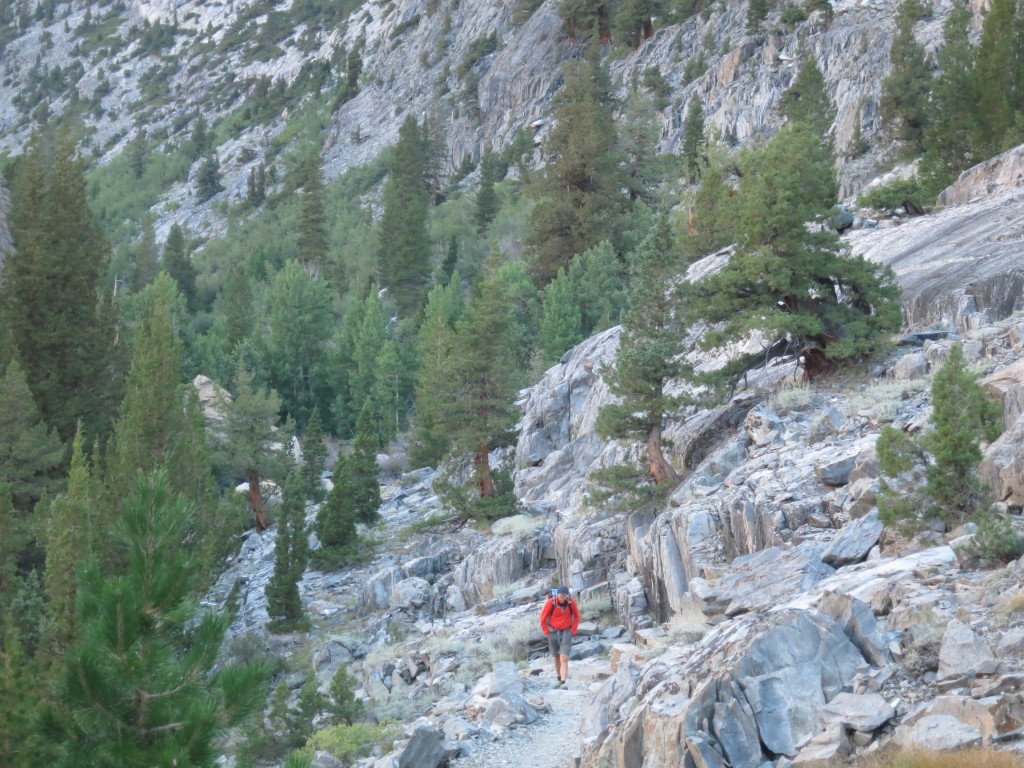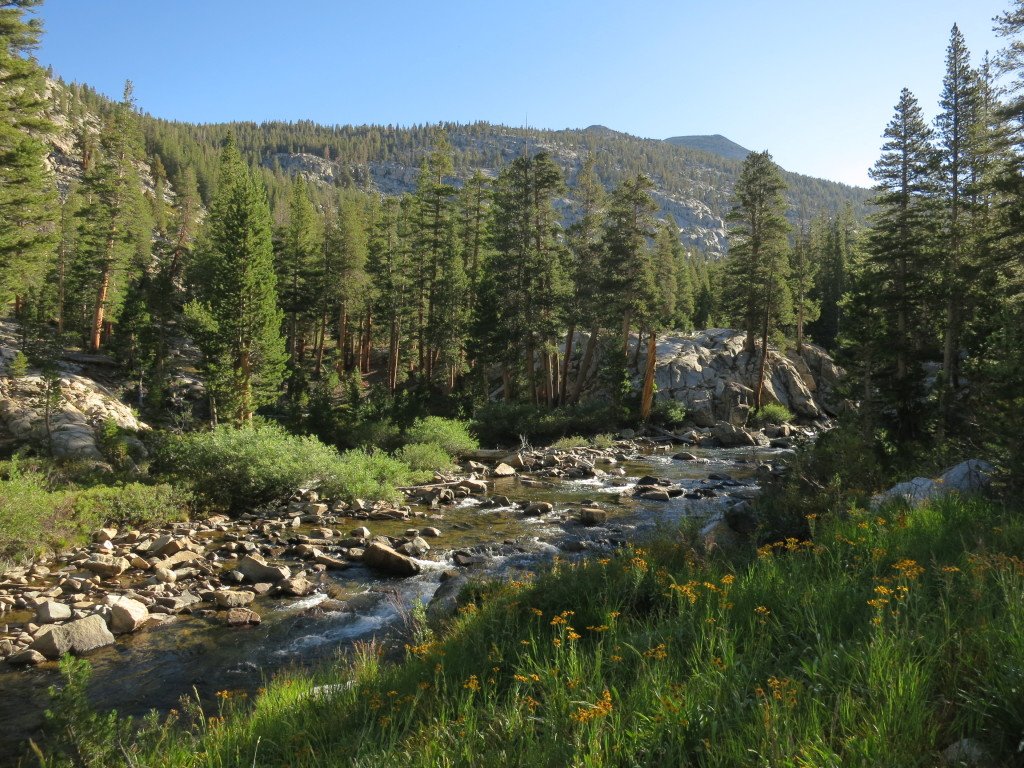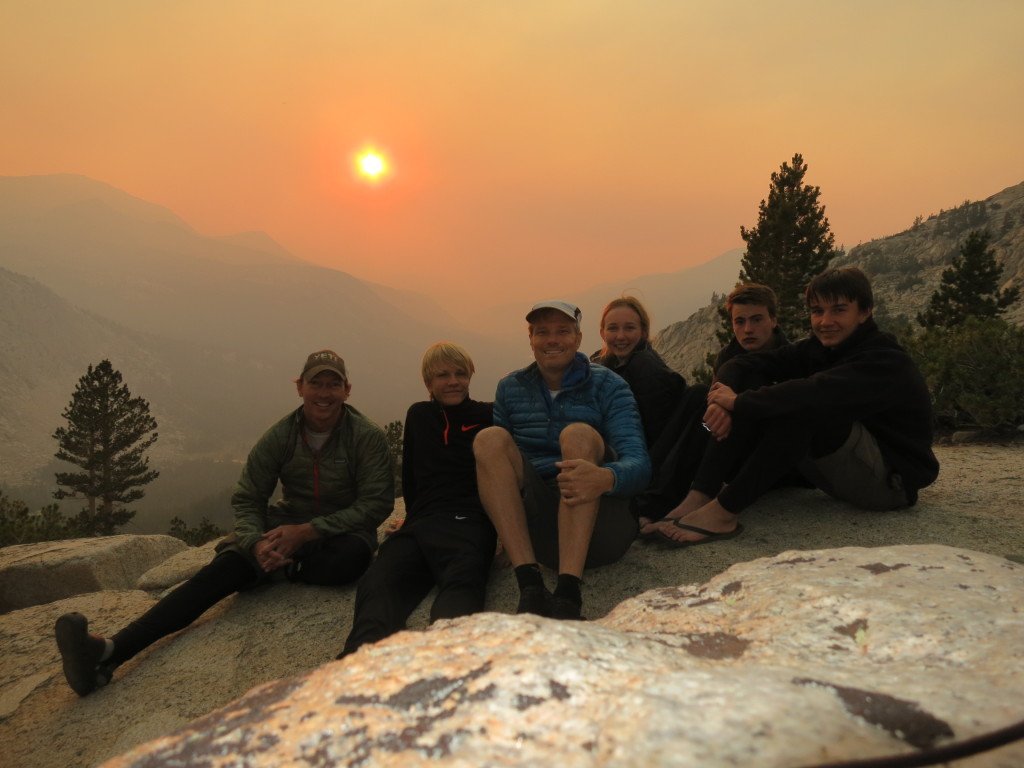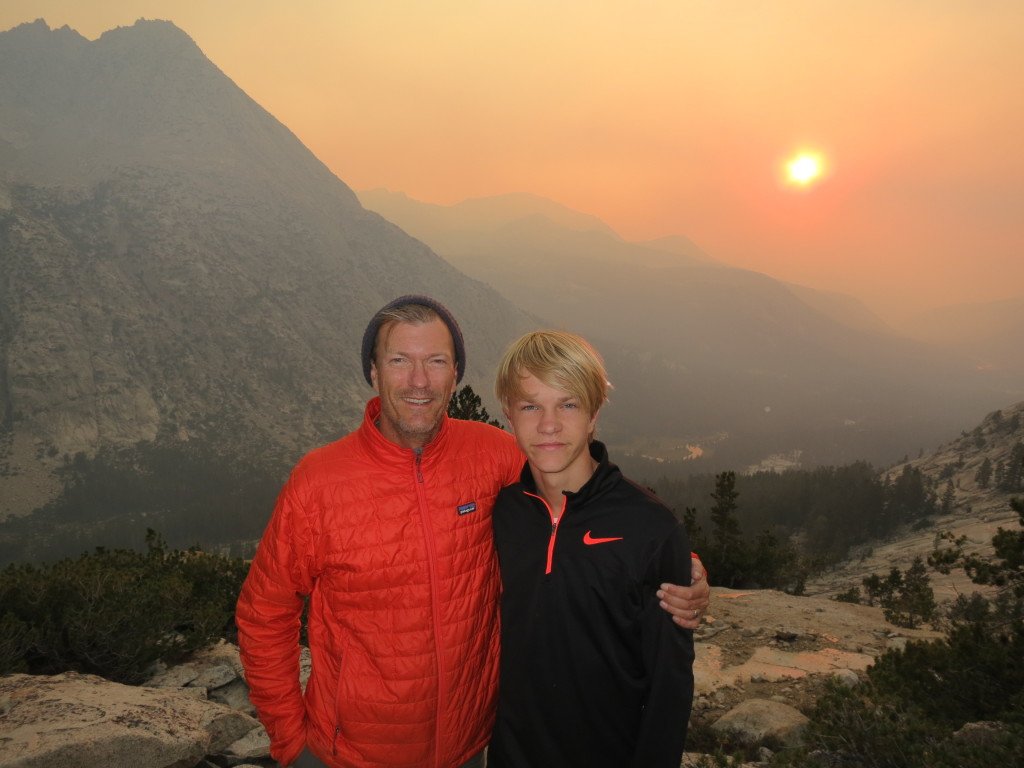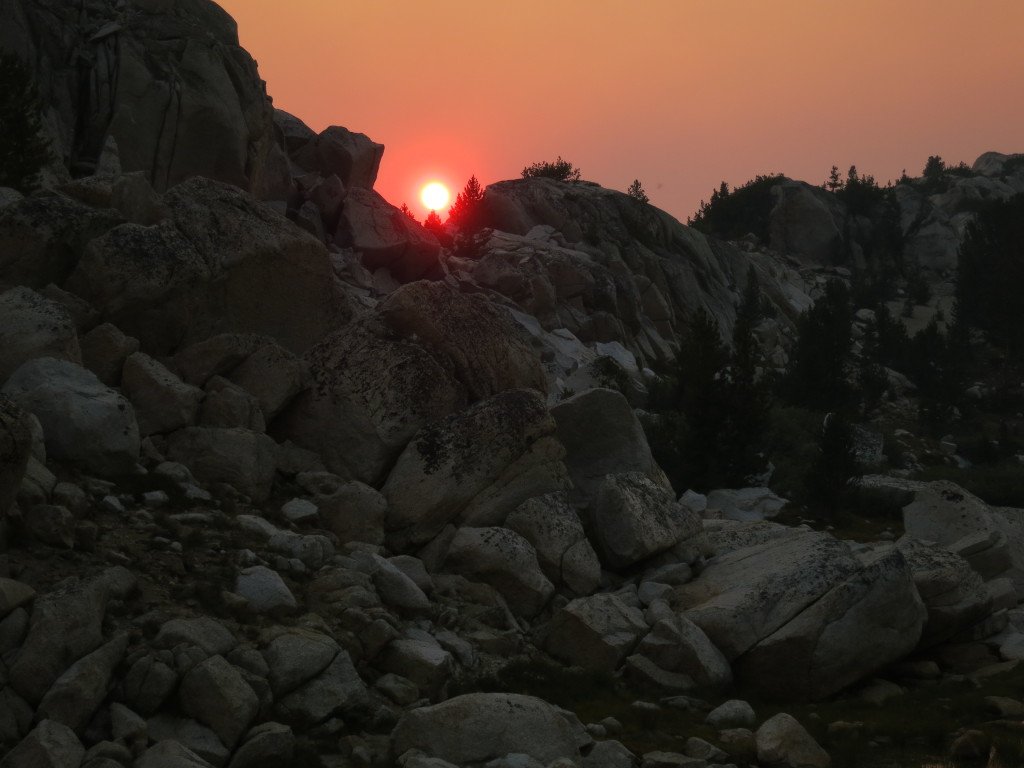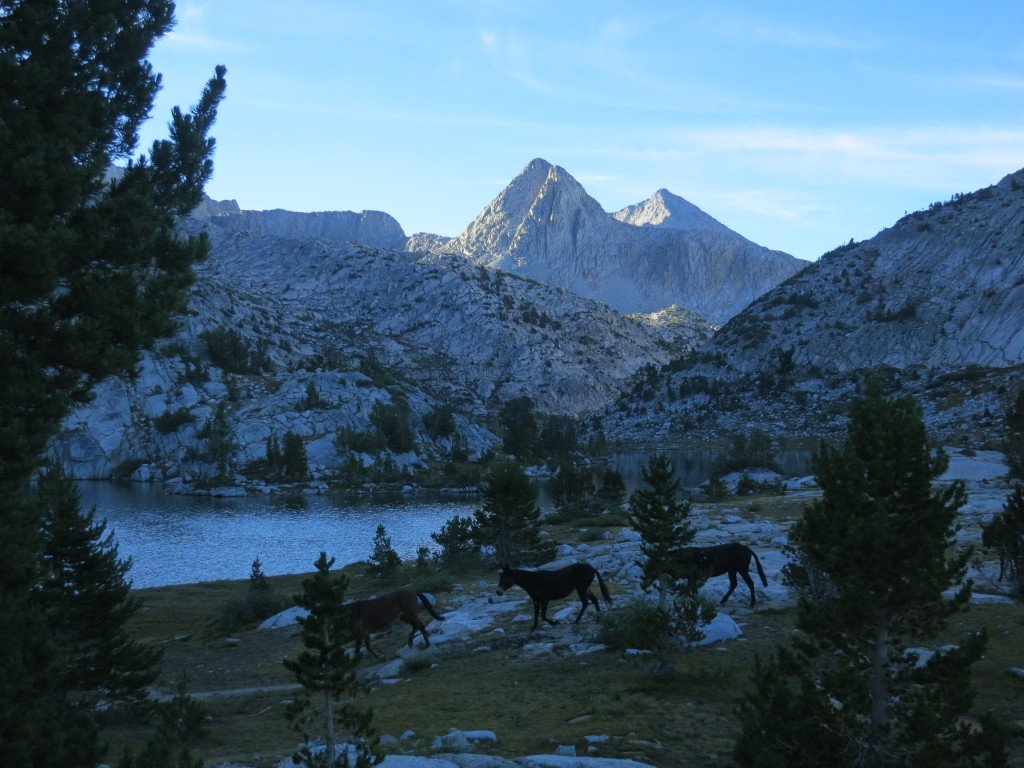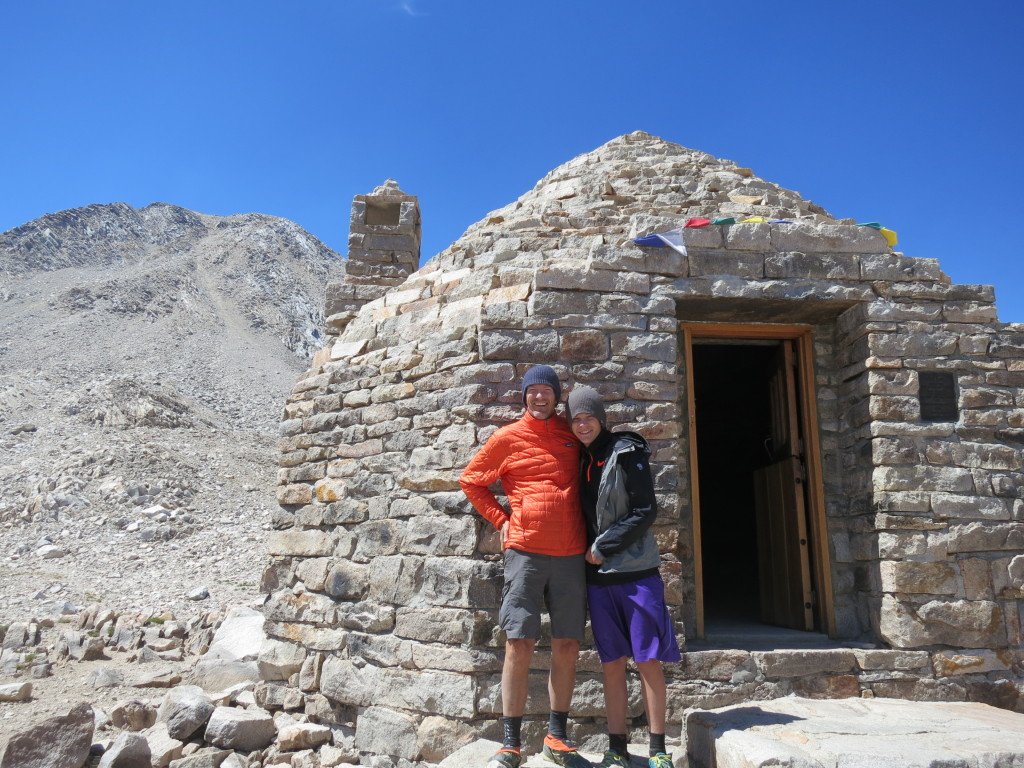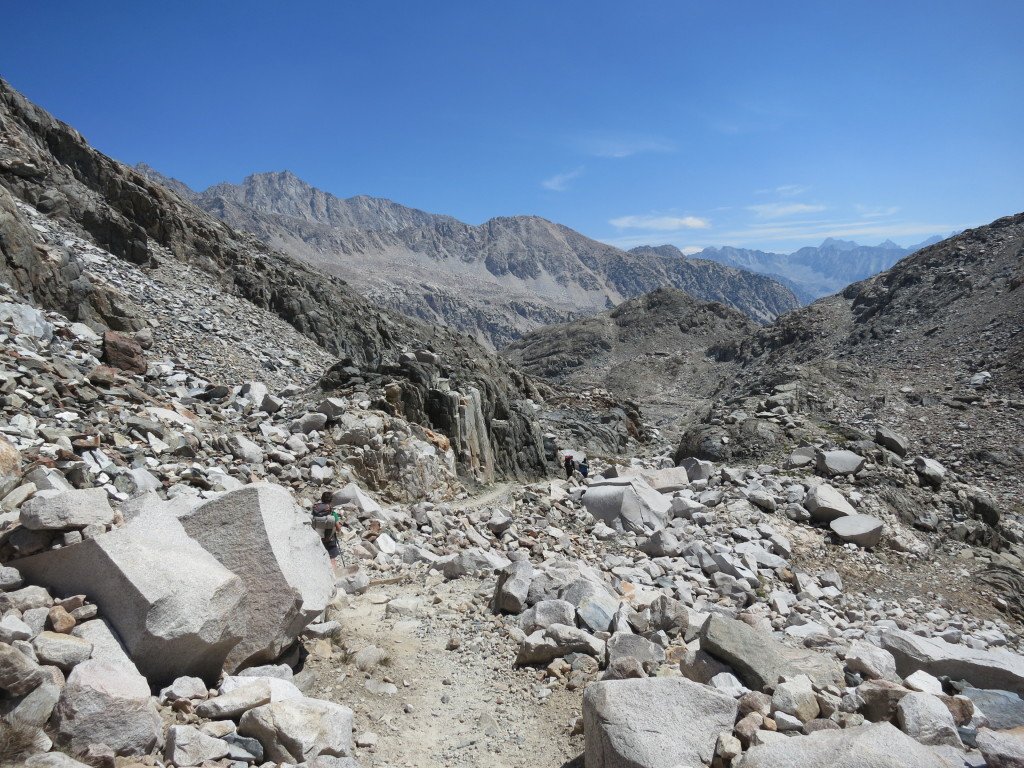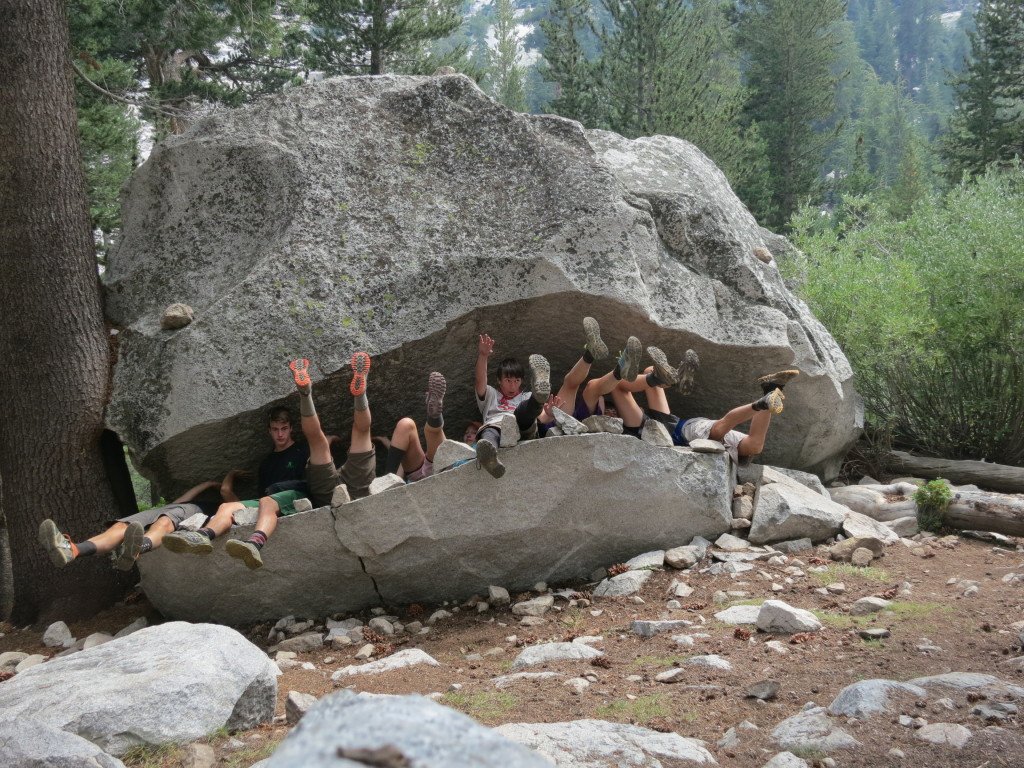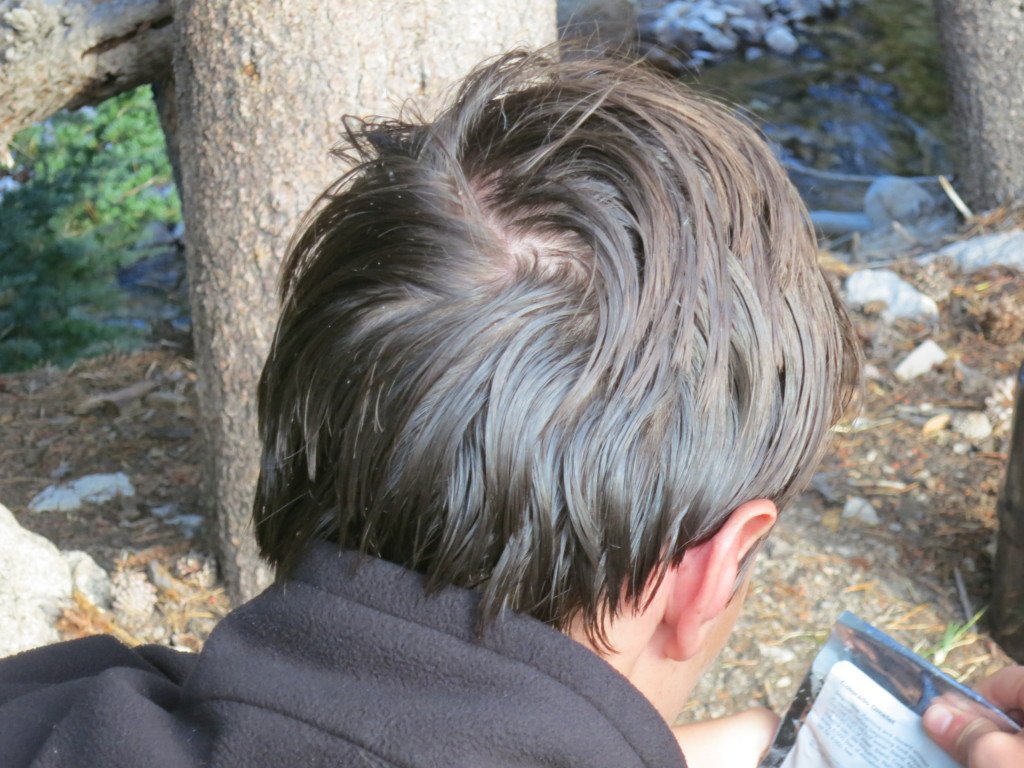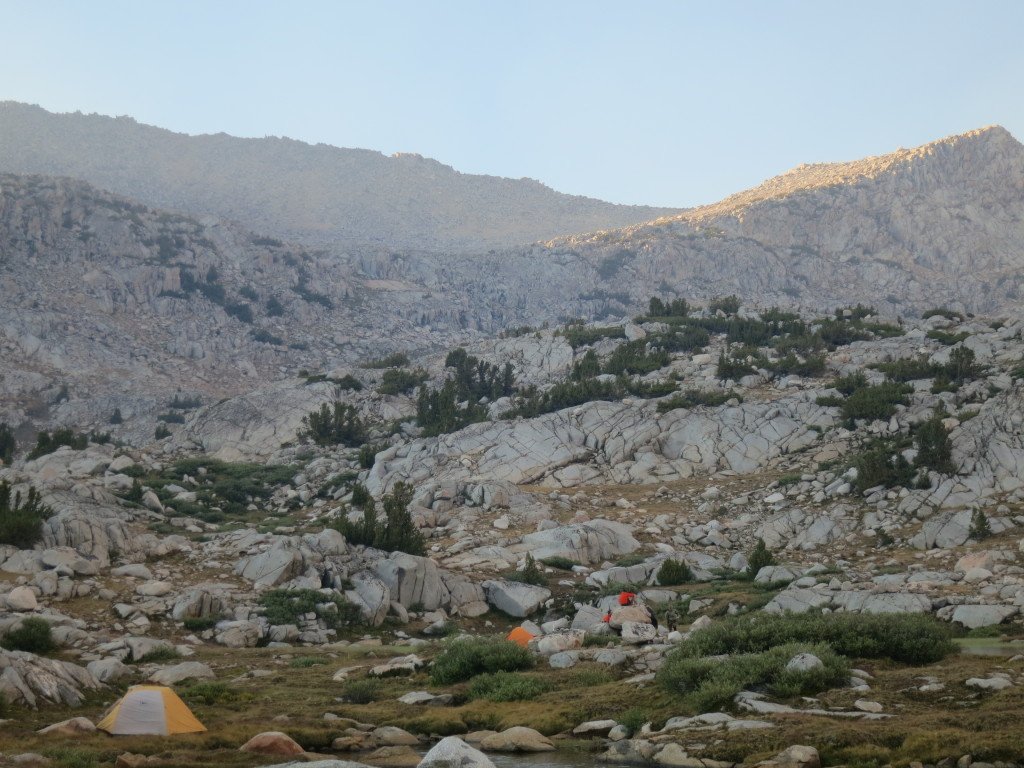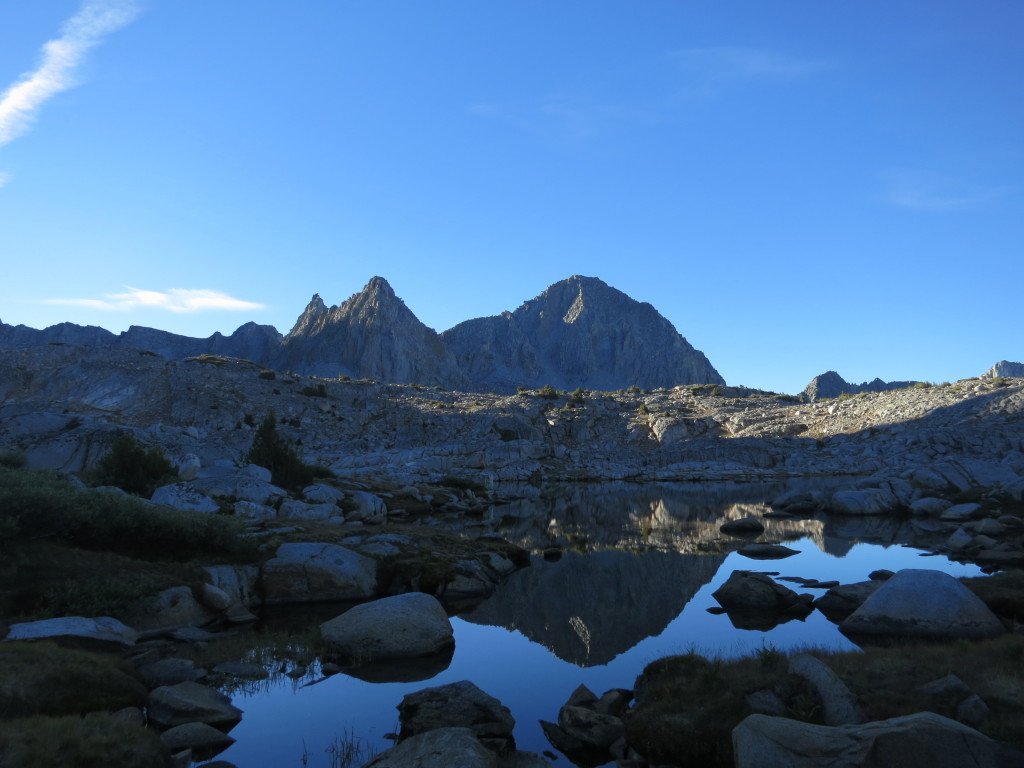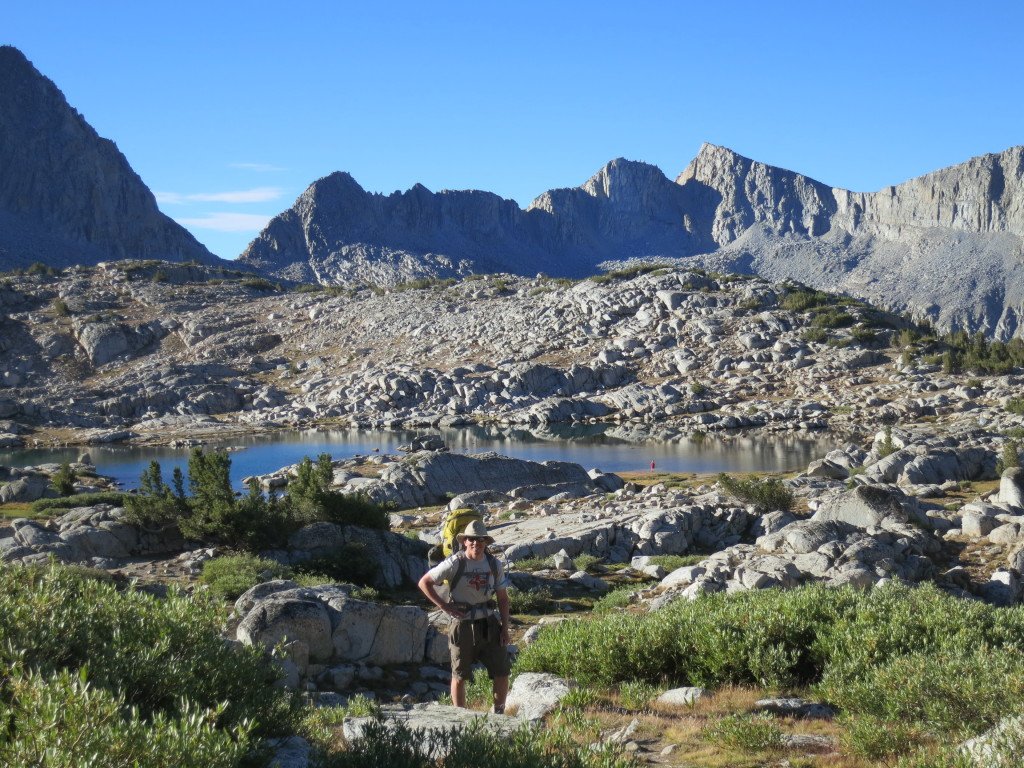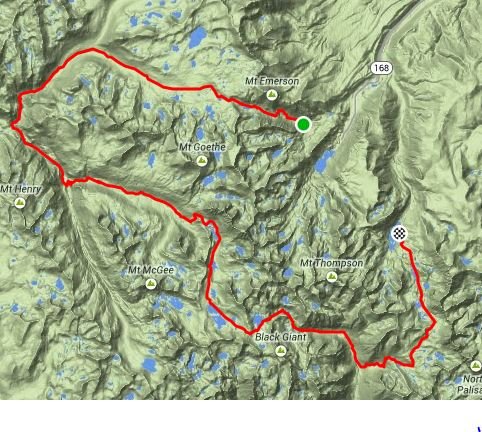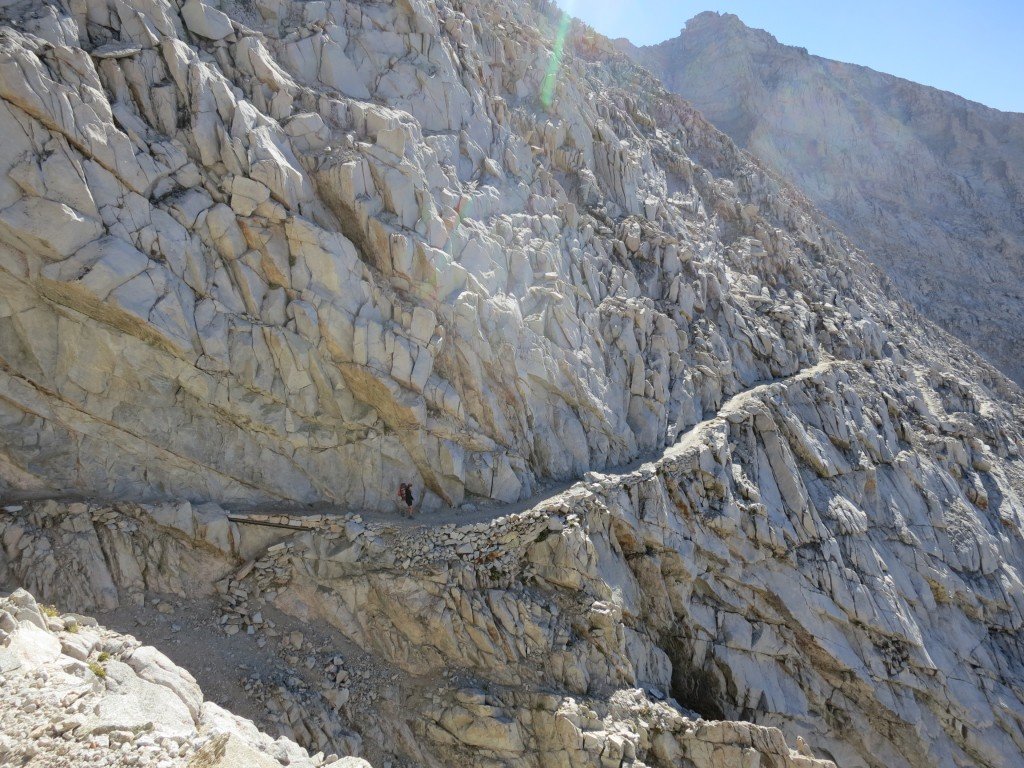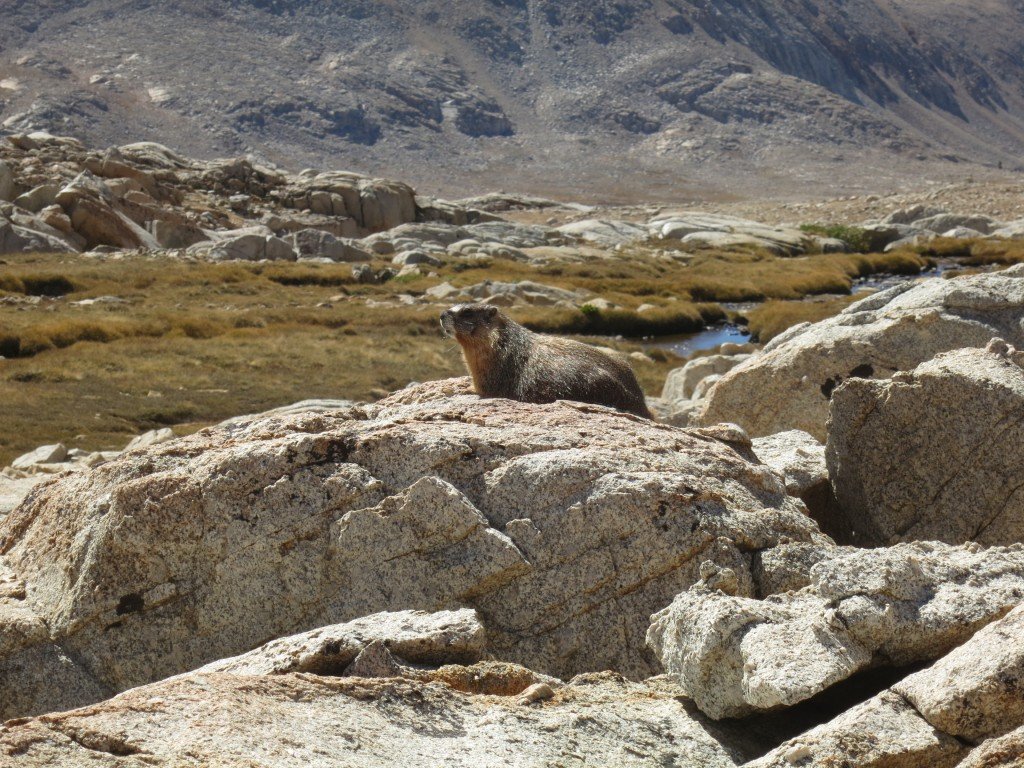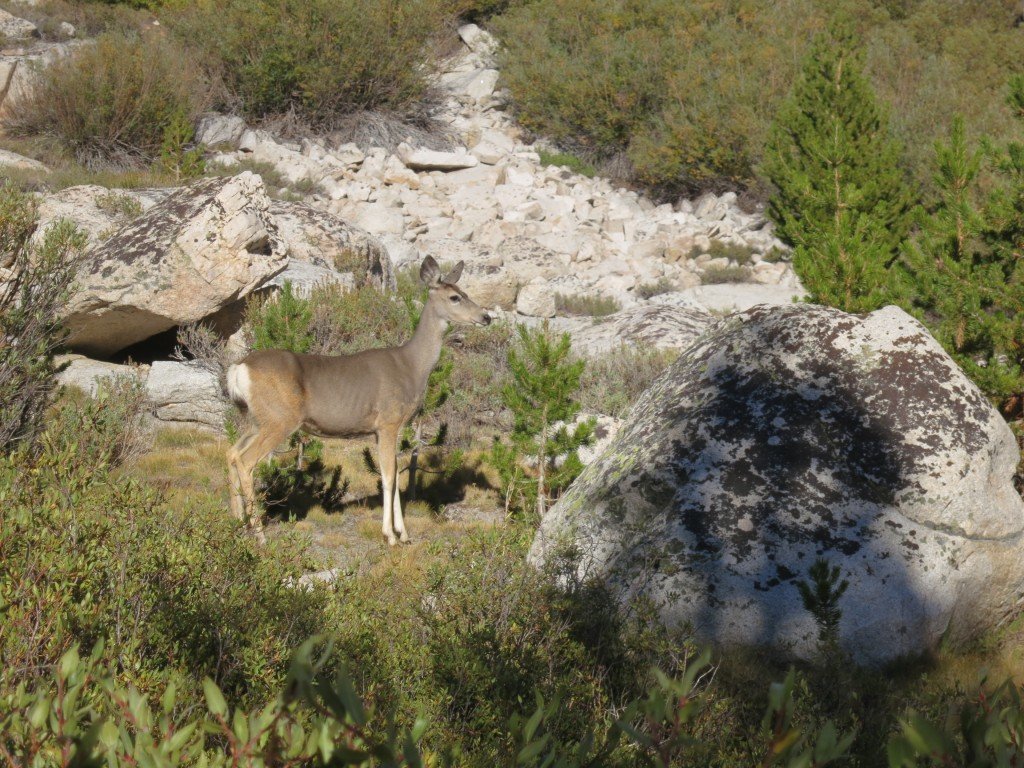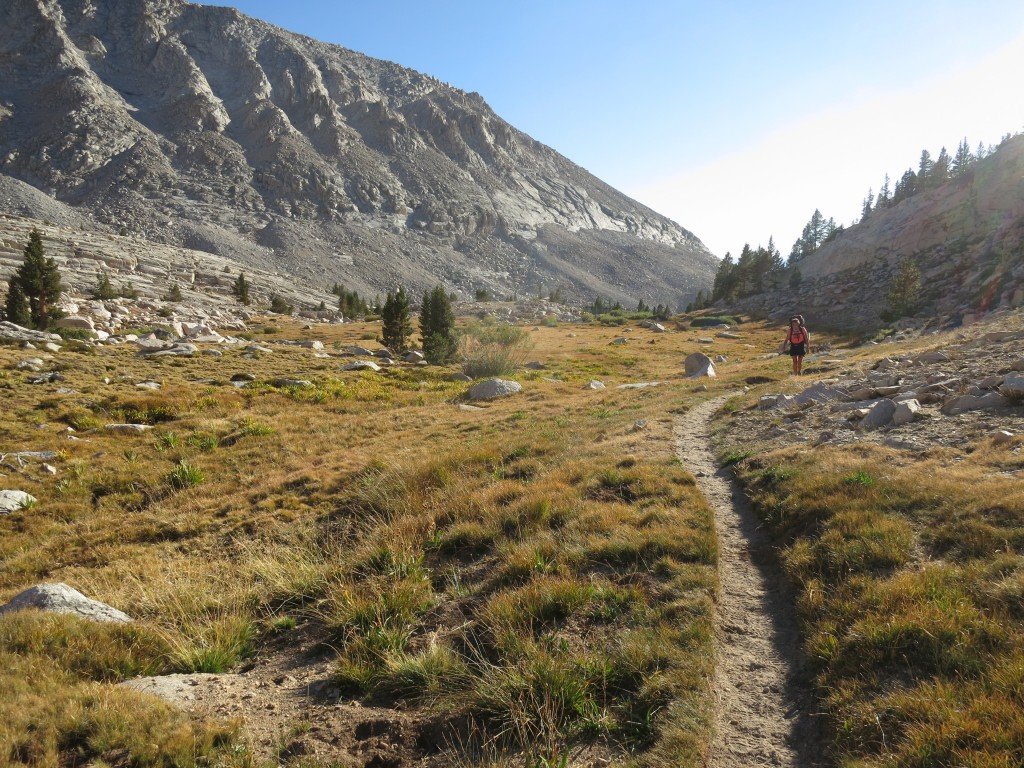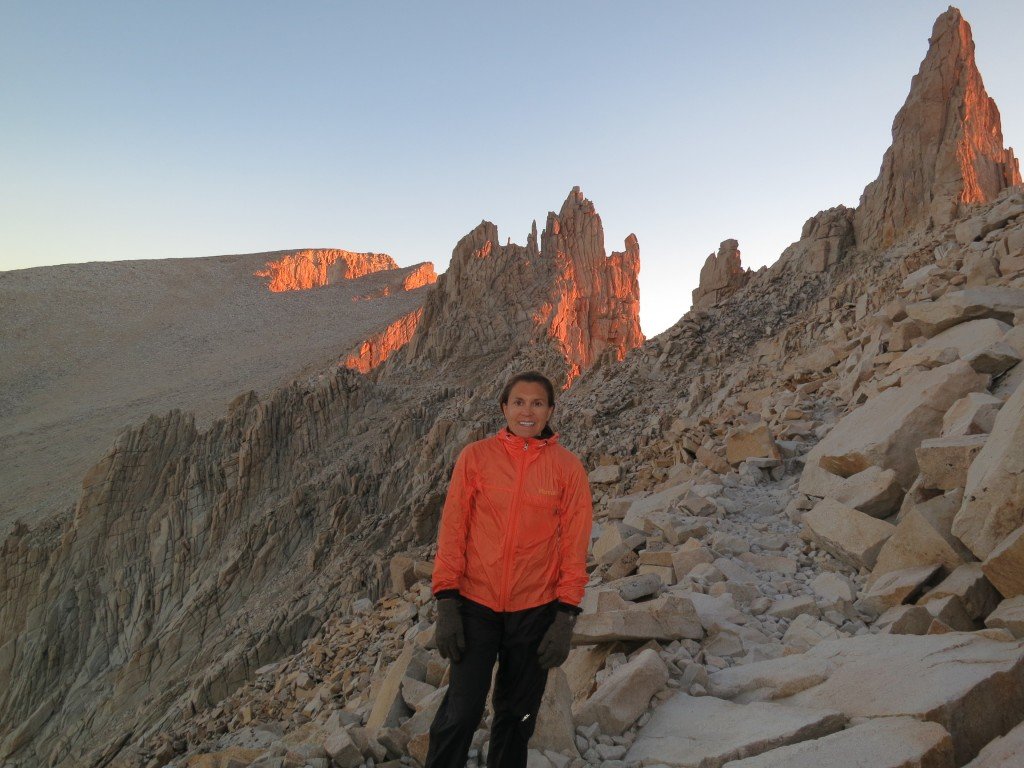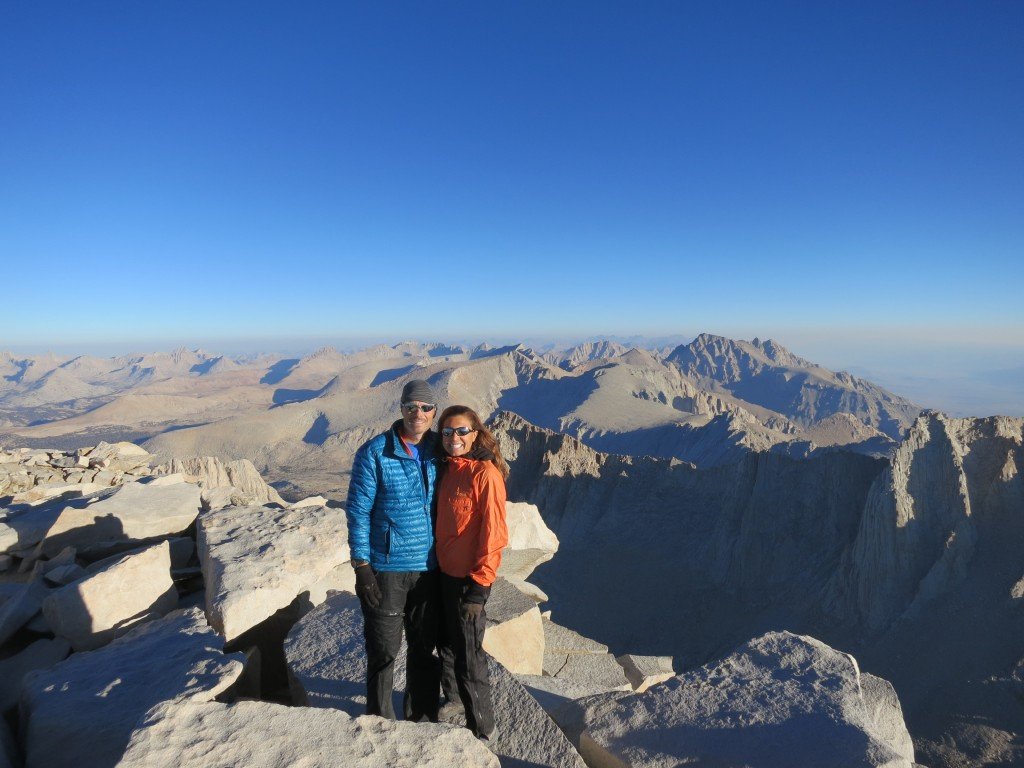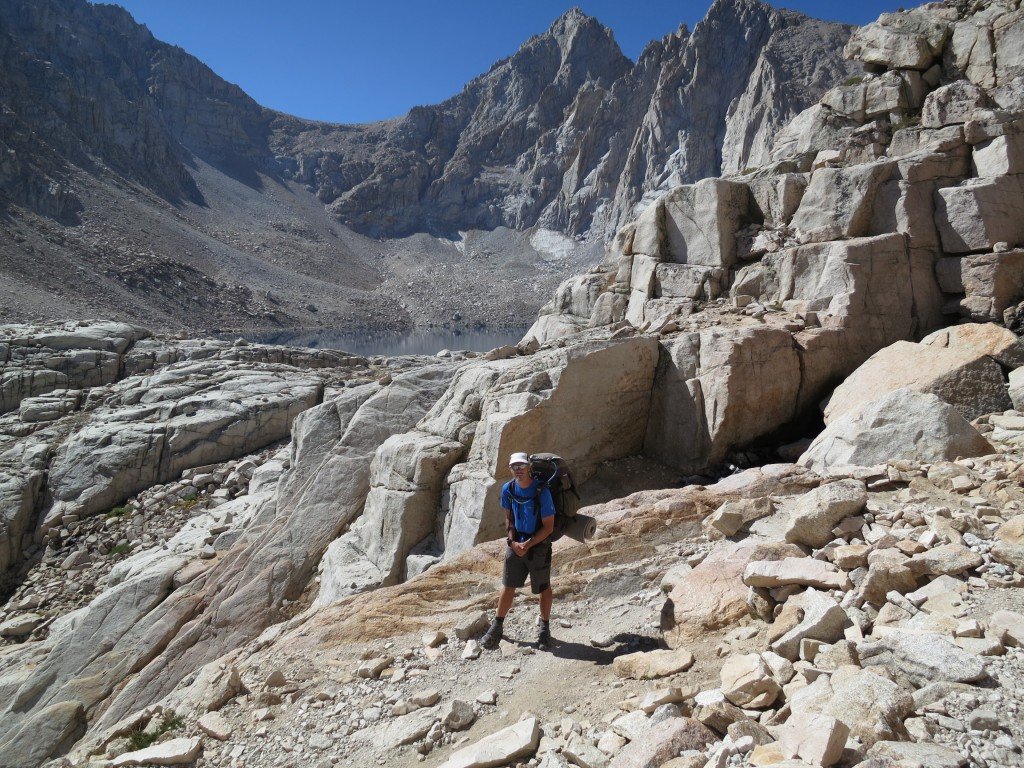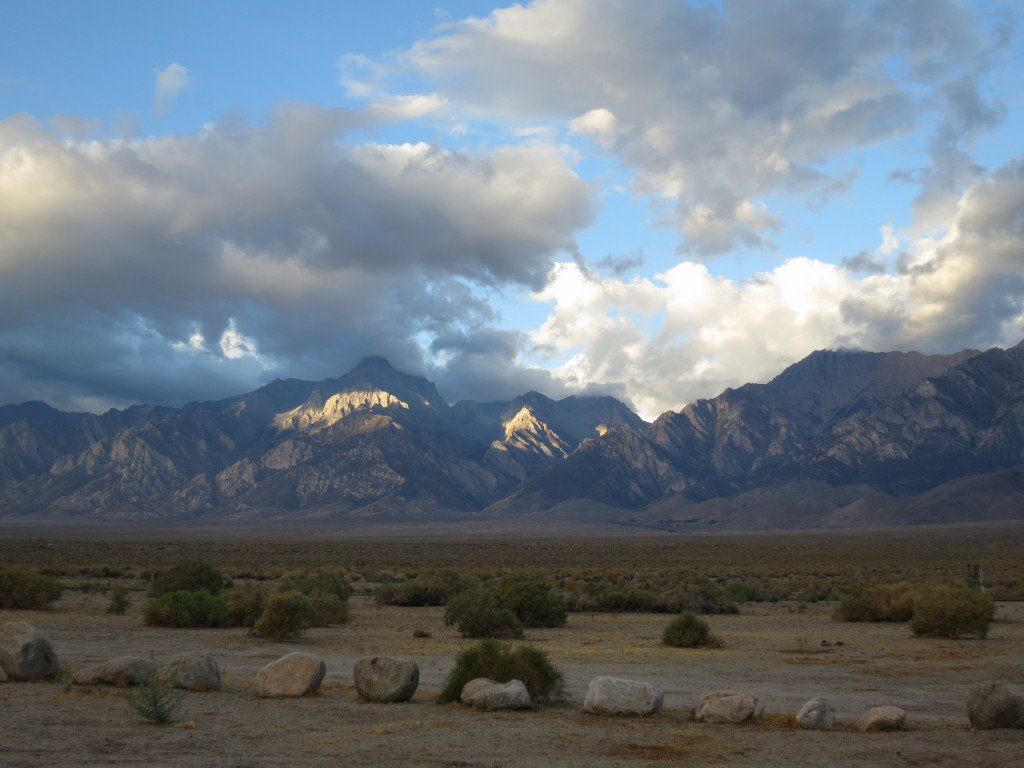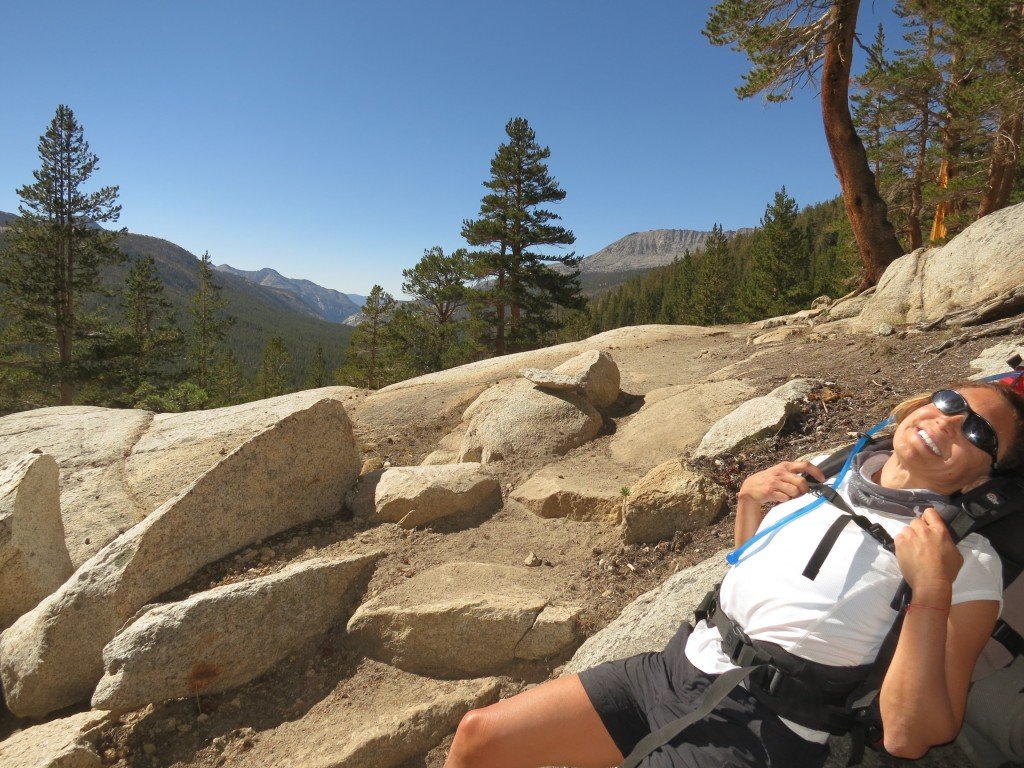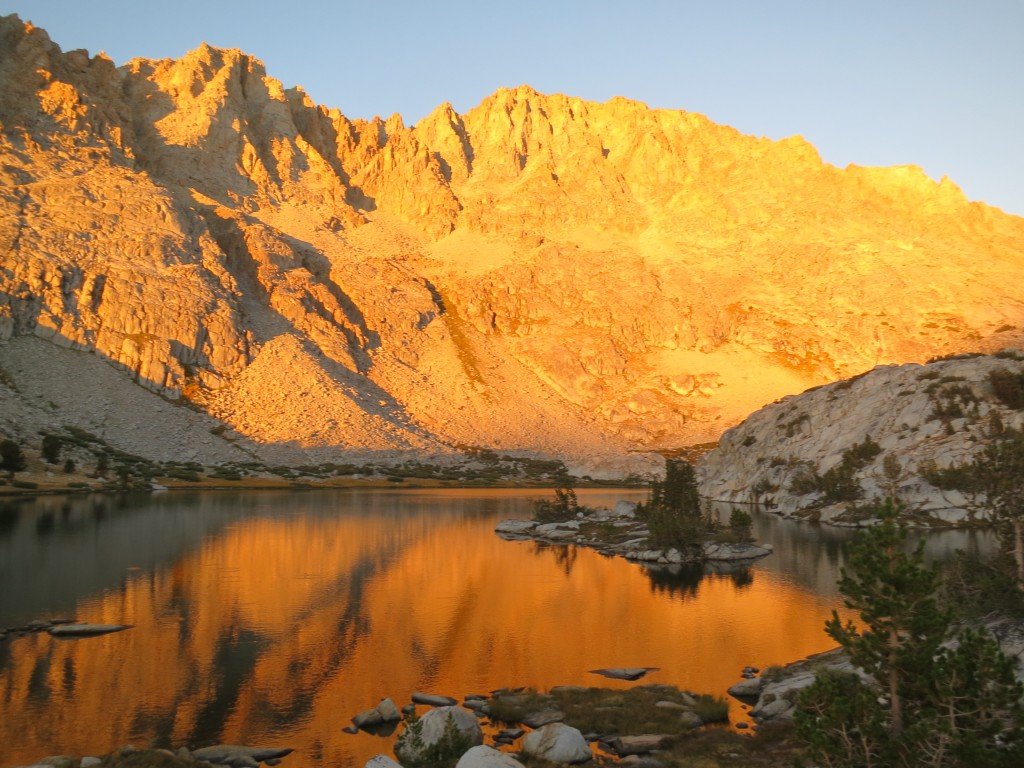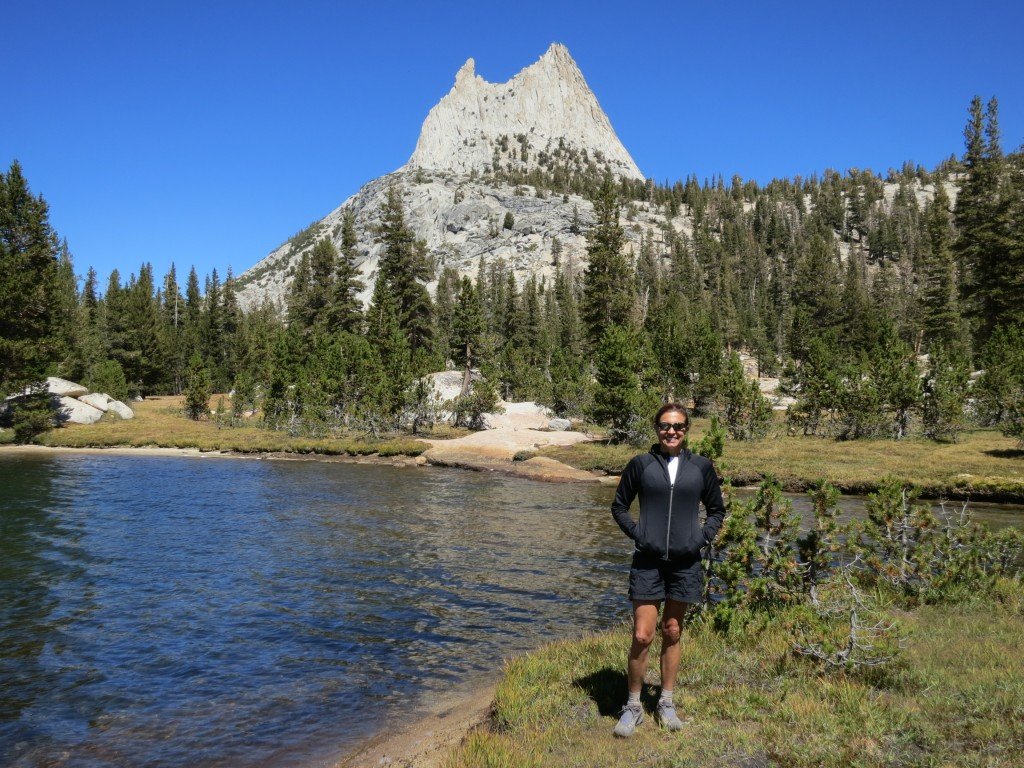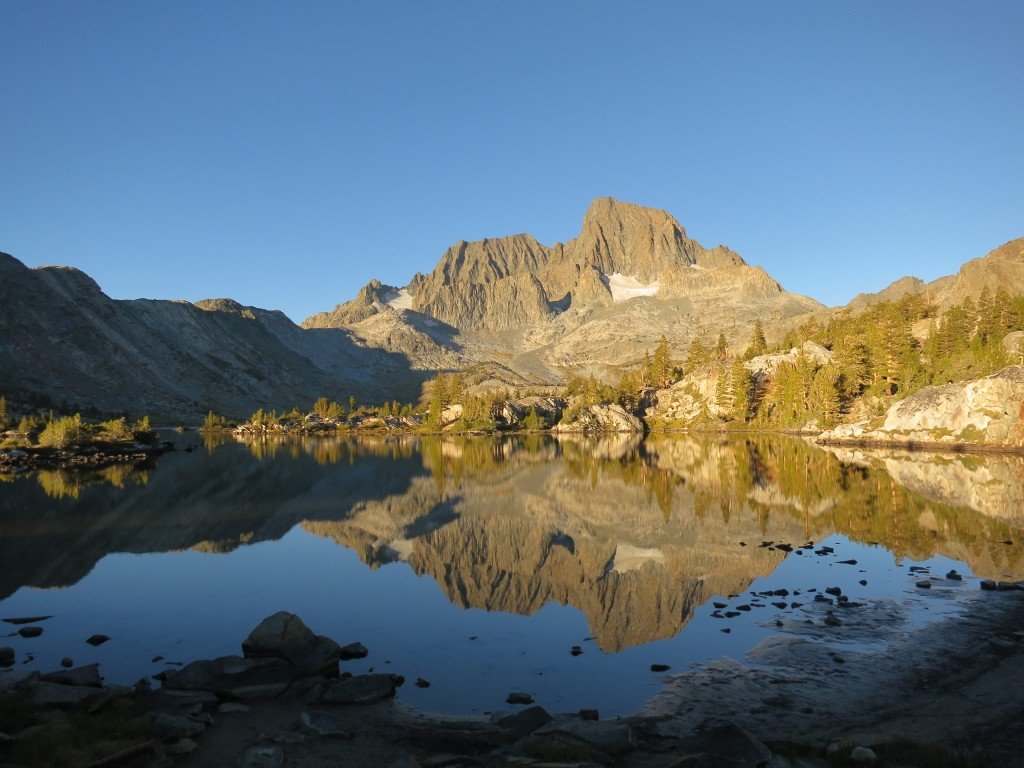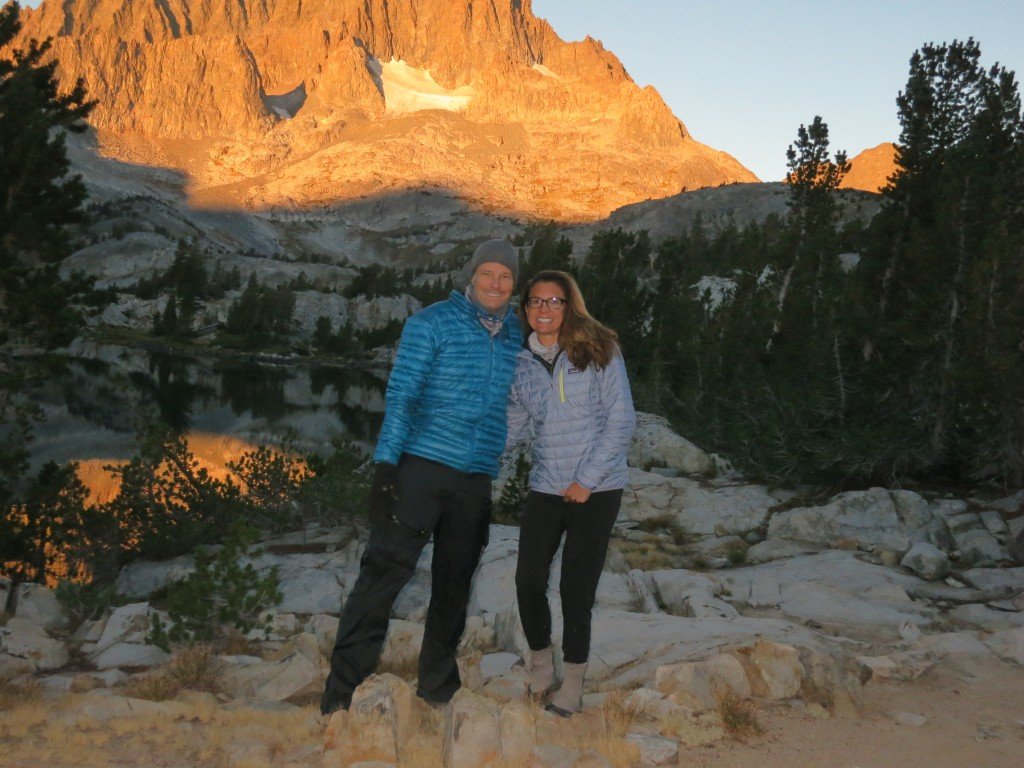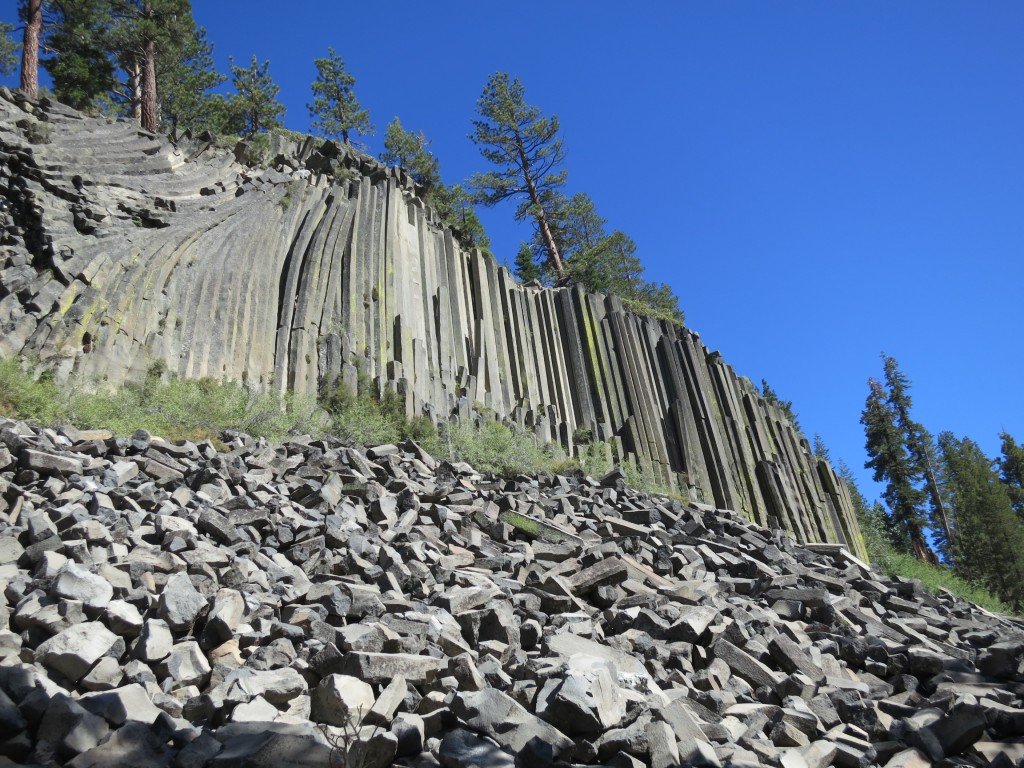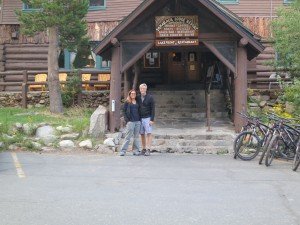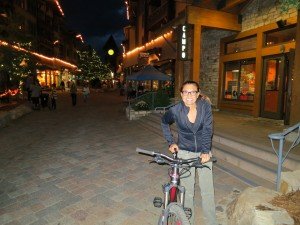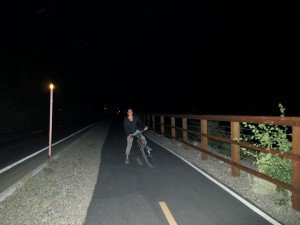We made it through the 2nd segment and are currently in Independence, CA at the Mt Williamson Motel. The motel is owned by Doug and Strider, who are incredible hosts who specialize in backpackers. We got off the trail at just the right time since the picture below is from about an hour ago. It’s the first rain they have had in two weeks and it happened on the day we came off of the trail.

Our second segment began with our being dropped off at North Lake Trailhead to start a trail that would take us over Piute Pass (11,423ft) to the Humphreys Basin. The pass was well graded and we made great time climbing the 2,200 feet from the trailhead. The basin on the other side was flat and open and looked like a desolate wasteland. We followed the trail until it divided in a way that wasn’t on our map. We choose the southern trail since that is where the horse tracks went. Unfortunately this turned out to be not the quickest path. After a couple hours of following a trail that seemed to disappear and reappear but was heading in the right general direction, we came to the intersection of the primary trail. We picked up the pace and hit the place we intended to camp (12 miles in) with a lot of time left in the day. So we decided to keep going, which involved a 6 mile, 2,000-foot descent through Piute Canyon. Since the canyon is sheer, we thought we’d need to go all the way to the bottom to find a place to camp, but after about 3 miles we came across a great site right next to a waterfall. Tracy makes it a point to take a picture of me every time I haul water, and here is that picture from this campsite.

The next morning we got moving early since we knew we had a long day ahead and we wanted to reach Evolution Lake. Our goal was to continue down Piute Canyon, connect with the JMT and turn East into Evolution Canyon and then climb into Evolution Basin. This section of the trail I consider the most spectacular of the entire JMT. It involved our climbing 2,800 feet through an incredible canyon system. The place I wanted to camp was right on Evolution Lake, which is surrounded by rugged peaks.

We put in over 16 tiring miles through a series of ups and downs. The canyon consists of a lot of bowls that contain lakes so a vertical elevation change of 2,800 feet really entailed out climbing over 4,000 feet with all of the climbs and descents. There were many places where we both could find a perfectly sized rock to rest on–just like the one Tracy is on above.
Around 5pm, we made it to Evolution Lake and camped right on the main peninsula. The two pictures below are from sunset. The beauty of this place is beyond words and having it perfectly still and with close to a full moon made it even more magical,


It gets really cold once the sun goes down so we are often in the tent and ready for bed before the light of day has faded. That also means that we are up at sun up. I made sure I was out of the tent and ready for the first light on the mountains. The picture below is from the outlet that lead to a 1,000-foot drop over the valley. The view from the cliff was incredible.

Up at 6am, coffee and breakfast by 7am, and packed and ready to go around 8am. It always made it easier to start hiking after the sun would warm everything, Below is the final picture before we left this magical spot.

Our hike that day consisted of climbing the remainder of the Evolution Basin over Muir pass (11,955ft) down through Le Conte Canyon to a campsite next to Little Pete’s meadow. The climb wasn’t terrible, but the drop on the other side was close to 3,000 feet, which is exceptionally hard on the body while carrying a full pack. The pictures below show the lakes on both sides of Muir pass. It’s amazing how many lakes there are as you climb higher and higher into the mountains. The bright blue waters contrast the moonscape environment that exists above tree line. The fascinating thing is these lakes have a lot of life around them- frogs, fish, and even ducks live in them.



We see a lot of wildlife on the JMT, but none more stunning than the JMT monster who is often seen near Little Pete’s meadow. Tracy and I barely got away as he had us both by the heads. Only our furious kicking allowed us to escape his bite. In all seriousness, we took this picture on a 10 second timer, which involved Tracy holding herself upside down while I pushed the button, ran and dove into the rocks without knocking over any of the teeth.

Our last day on this segment required us to drop to 8,600 feet and then turn east on the Bishop Pass Trail for 13 miles to the South Lake trailhead, where our ride (Doug from the Mt. Williamson Motel) was going to be picking us up at 5pm. Compared to the days we’d been putting in, this sounds easy, but when looking at the elevation profile, we knew it wasn’t going to be. I’d never been on the Bishop Pass Trail, but it involved climbing over 3,300 feet to 11,980ft, the elevation of Bishop Pass. The trail started with an immediate 900-foot climb up to a basin that was similar to a box canyon. The trail followed a beautiful creek that cascaded down slick rocks to the river below. Once in the canyon, we flattened out for a mile only to switchback up the back wall of the box canyon. At the top, the view was breathtaking. This canyon running perpendicular to us is the picture below is Le Conte canyon, where we had camped the previous night. We were already 2,000 feet above it after only 3 miles on the trail.

The next section of the trail went through Dusy Basin. The basin is a cross between a high mountain wasteland and that of an old western movie. Lots of small trees, lakes, and rolling hills that are surrounded by jagged peaks. It was scenic in a way that we hadn’t experienced yet on this trip. Only the last mile turned into the barren landscape we would expect on a high pass. The picture below is Tracy in the distance making the final climb across Bishop pass.

The other side of the pass required a lot of switchbacks through a boulder field followed by lake after lake as we descended the final 6 miles. We ended up at the trailhead at 3:45pm. Our ride came promptly at 5pm and drove us an hour to the motel. We can’t recommend the Mt Williamson Motel enough, even while writing this, we paused for a homemade breakfast in their bunk house. Doug and Strider run a great place with incredible service.




